Midwest holiday tables aren’t exactly shy about tradition — if it’s been on the table for three generations, it’s staying there. From casseroles to classic desserts, you’ll see the usual suspects lined up, reminding everyone that some things never change (and that’s part of the charm). These dishes aren’t about flash; they’re about showing up year after year, keeping things classic and familiar. It’s the kind of spread where even the new additions start looking like old favorites fast.
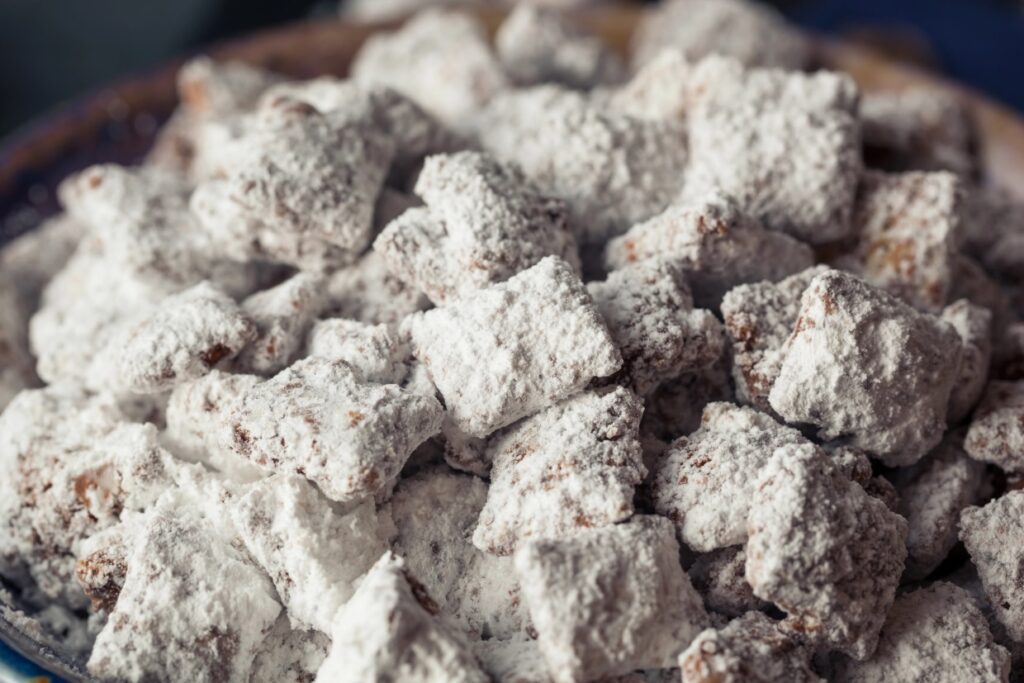
Kringle
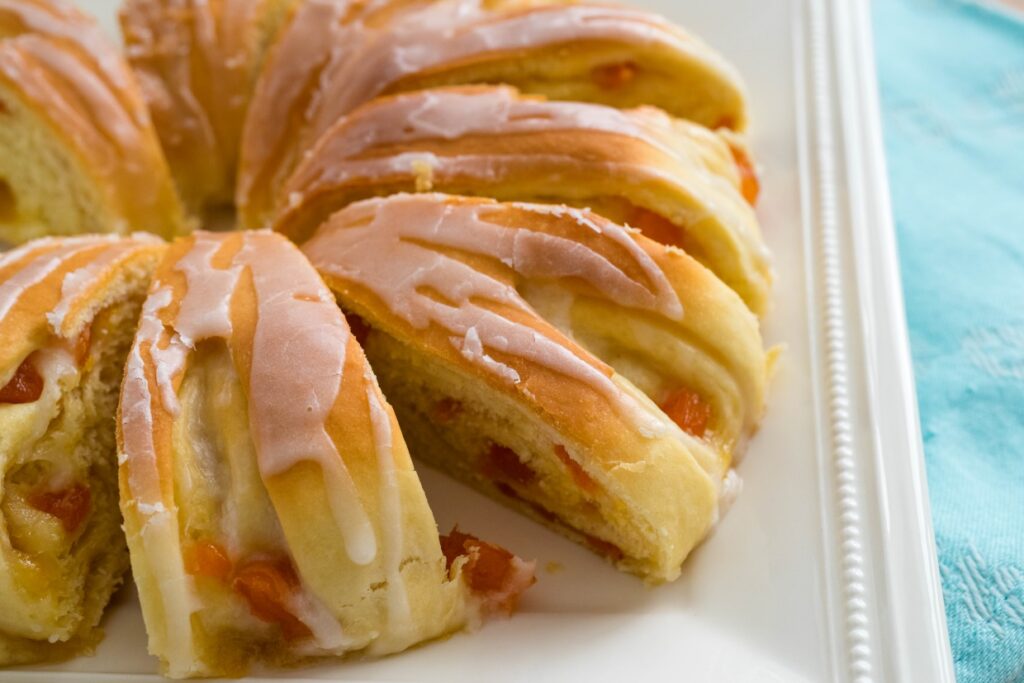
Kringles are a big deal in Wisconsin, thanks to Danish immigrants who brought them over in the 1800s. These flaky, buttery pastries are usually filled with stuff like fruit, nuts, or cream cheese. You can easily pick one up from the store if you’re short on time (and they’re still great). But if you want to go all out, making one at home with local cherries or pecans is a fun way to go. Just add a little icing on top, and it’s perfect for any holiday get-together.
Ambrosia Salad
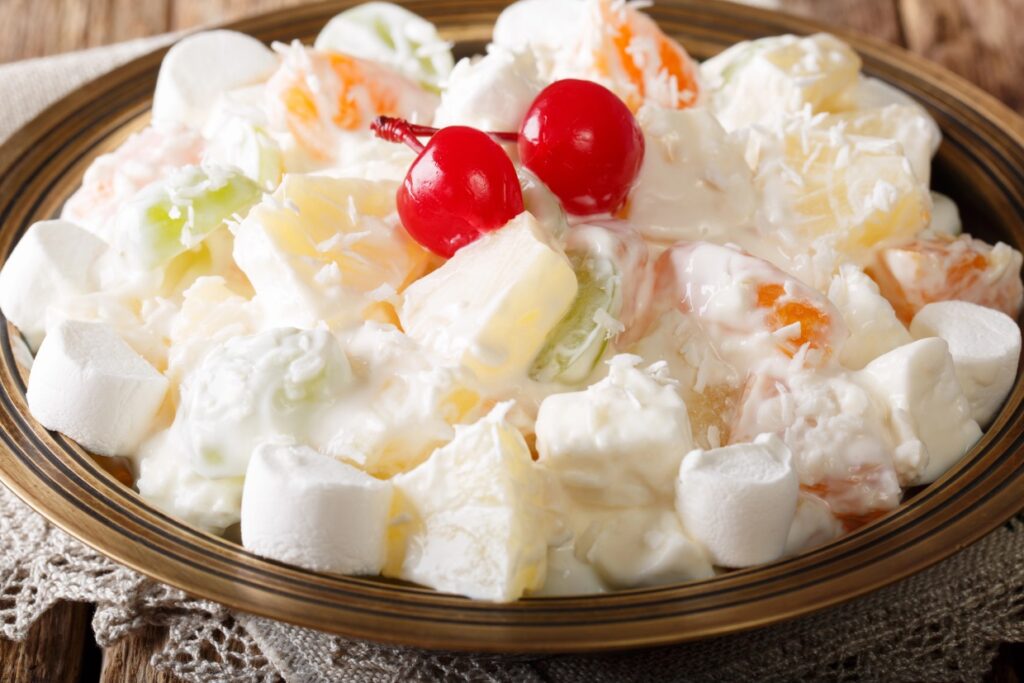
This retro salad made with canned fruit, mini marshmallows, and whipped topping has been on Midwest holiday tables for decades. Ambrosia recipes started appearing in cookbooks in the late 19th century, but its rise as a regional favorite is unclear. Many attribute its popularity to the transcontinental railroad, which made fresh coconuts and winter oranges more accessible, turning ambrosia into a winter holiday treat, often pictured as a fruit-filled, sweet dish of oranges and coconut. This salad is sweet, fluffy, and easy to throw together last minute. You can upgrade this classic by using fresh fruit and homemade whipped cream to give it a more modern taste.
Stuffing (or Dressing)
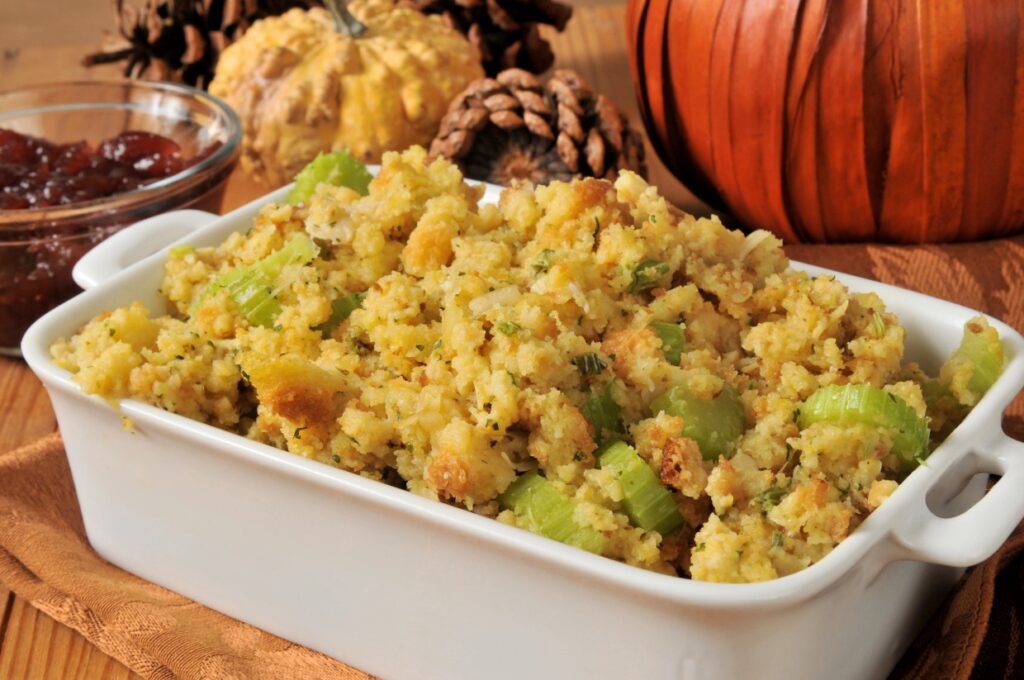
Stuffing, or dressing as some call it, is a holiday favorite across the Midwest. The first documented use of stuffing appears in the Roman cookbook Apicius De Re Coquinaria from the 1st or 2nd century AD, with recipes for stuffed chicken, dormouse, hare, and pig. Ingredients included vegetables, herbs, nuts, grains, and giblets. Over time, stuffing gained various names like “farce” in the 14th century, “forcemeat” in the 17th century, and “dressing” by the mid-19th century. Whether you stuff the bird or bake it separately, it’s all about the hearty mix of bread, celery, onions, and herbs. Sausage or nuts add extra texture. Many families pass down their recipes, but making it from scratch is as easy as using day-old bread and fresh herbs.
Jell-O Salad
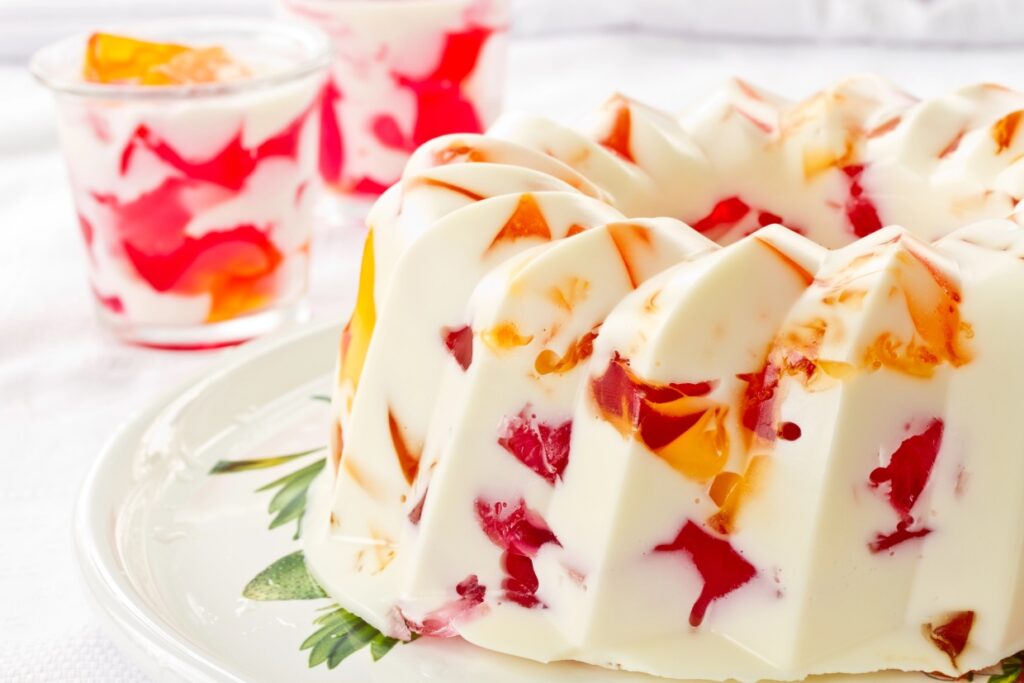
Jell-O salad is a staple of holiday tables across the Midwest, bringing a sweet and colorful touch to any gathering. Typically made with gelatin, fruit, and sometimes whipped topping, it’s been around since the 1930s. The Great Depression pushed homemakers to make the most of their ingredients, and the introduction of lime-flavored Jell-O in the early 1930s fueled the salad trend. The creation of powdered gelatin made it easier to make different varieties of the dish. If you want to switch things up, try using real whipped cream or adding fresh fruit instead of canned for an extra flavor boost.
Green Bean Casserole
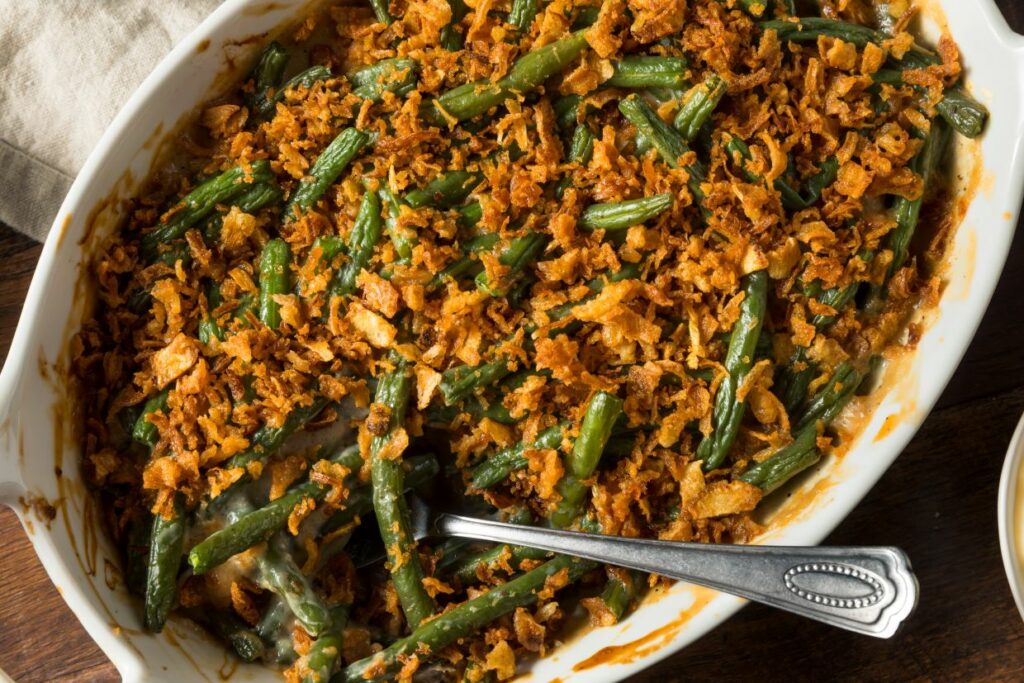
This dish is a Midwest holiday must-have, with a history dating back to the 1950s. Green Bean Casserole was invented in 1955 by Dorcas Reilly at Campbell’s Camden, New Jersey headquarters. The original recipe has been passed down through generations ever since. The crispy fried onions on top are what make it stand out, giving that great texture contrast. You can easily update it by making your own cream sauce instead of using canned soup for a fresher taste.
Sweet Potato Casserole
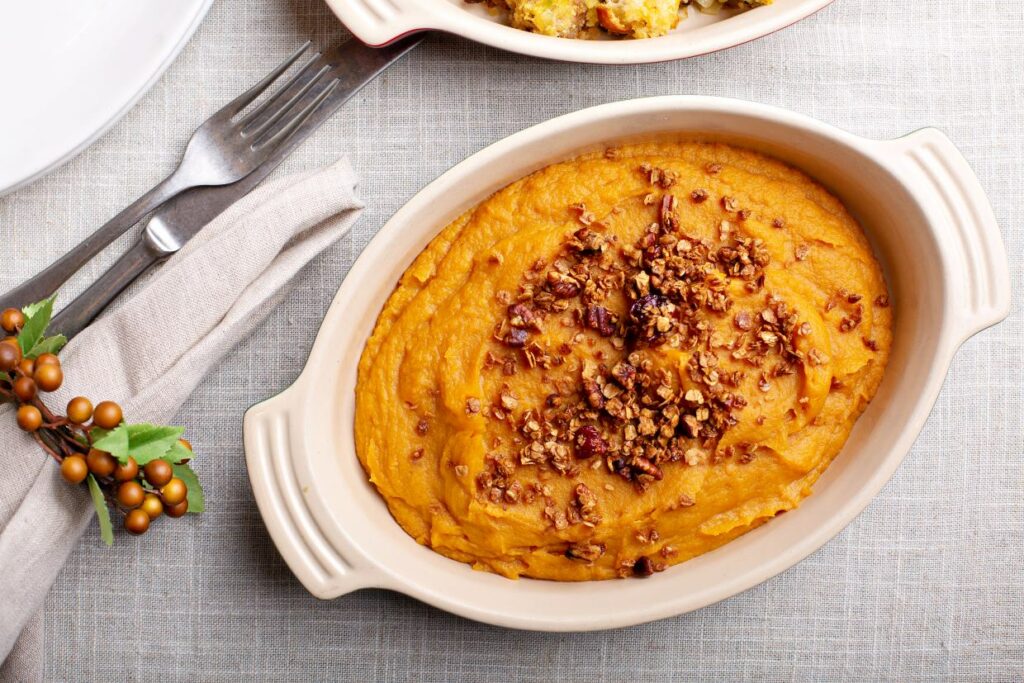
A Midwest holiday wouldn’t be complete without a sweet potato casserole topped with marshmallows or pecans. The first recipe for mashed sweet potatoes with marshmallows dates back to 1917, created by the Rueckheim brothers’ marshmallow company to boost sales. This dish balances the rich sweetness of the potatoes with the crunchy topping, making it a fan favorite. If you want to make it from scratch, skip the canned potatoes and roast fresh ones for deeper flavor.
Scotcheroos
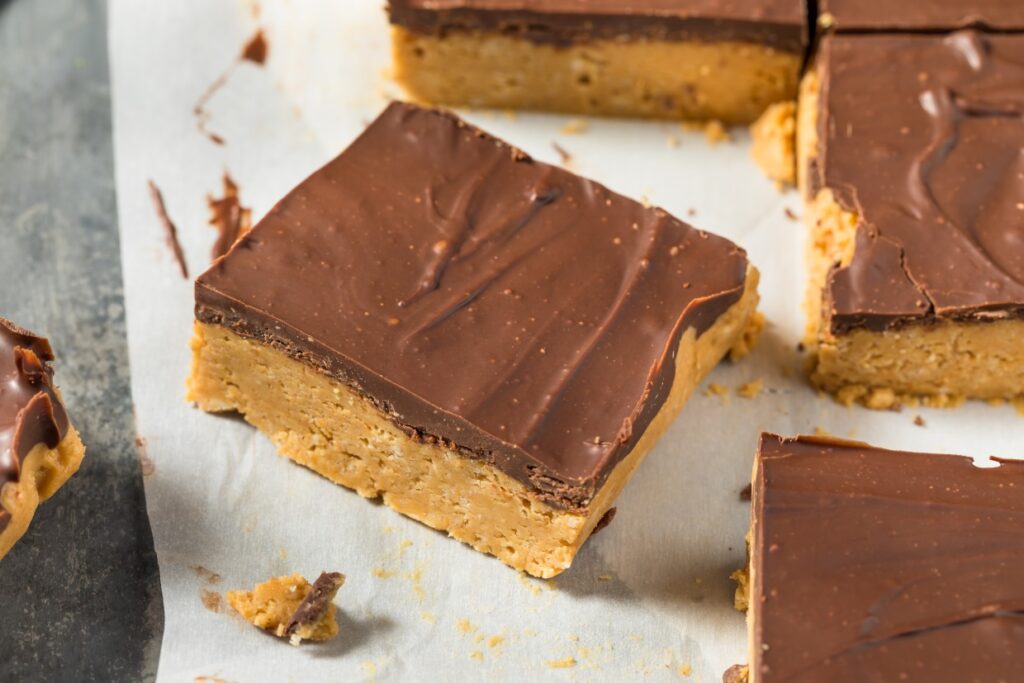
Scotcheroos are the no-bake treat that everyone in the Midwest knows and loves. This dessert comes together with peanut butter, chocolate, butterscotch chips, and crispy rice cereal. It became a holiday favorite in the 1960s when the recipe appeared on cereal boxes, and it’s still a hit at every gathering. You can use natural peanut butter and top it with dark chocolate for a homemade update. The combination of sweet and salty flavors and the crispy texture gives Scotcheroos their iconic status in Midwest kitchens.
Puppy Chow
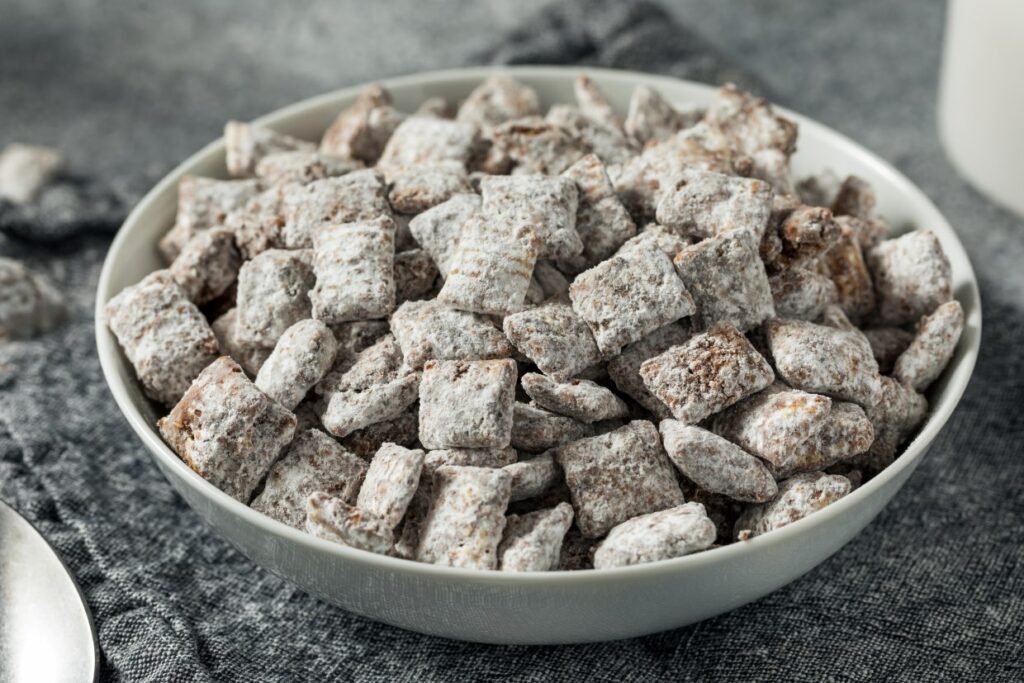
This recipe for the sweet snack mix has been around since the ‘80s and is a must-have during Midwest holiday gatherings. Midwest recipe tins and community cookbooks show Puppy Chow as a classic party snack and an easy treat years before General Mills created the Chex cereal in 2002, the main ingredient of the modern Puppy Chow or Muddy Buddies. It’s a crunchy treat easy to make at home with Chex cereal, melted chocolate, peanut butter, and powdered sugar. You can upgrade it by adding pretzels, M&Ms, or even white chocolate for extra texture. It’s the perfect thing for guests to munch on between meals.
Cheese Ball
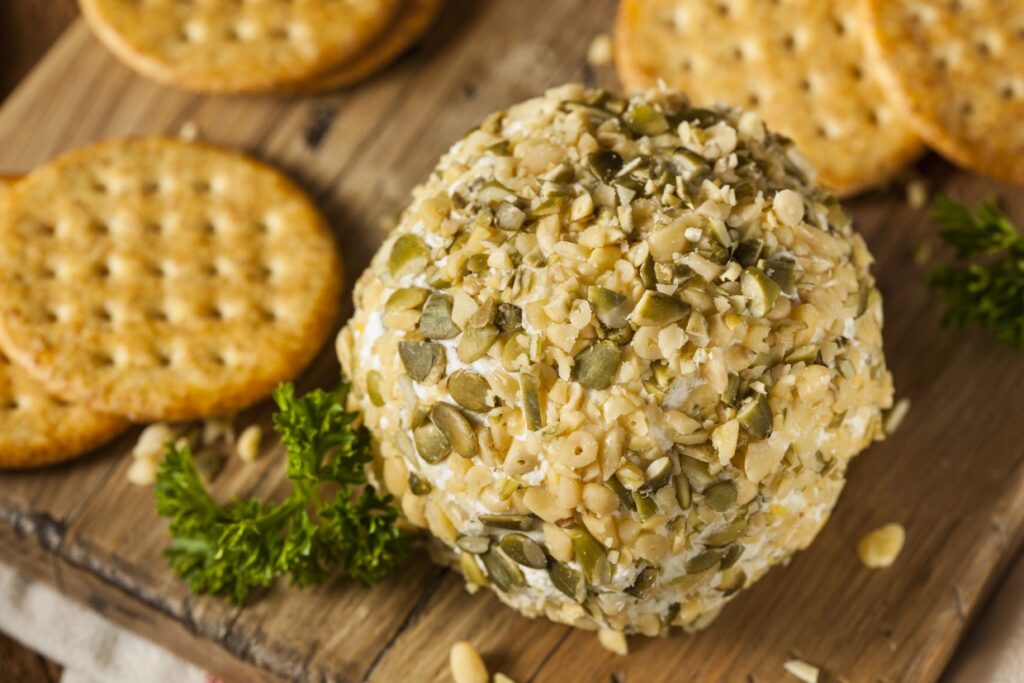
The cheese ball is another Midwest tradition that’s always a crowd-pleaser. In 1801, the townspeople of Cheshire, Massachusetts, made what is considered the first cheese ball as a gift for President Thomas Jefferson. It was popular in the 50s through the 70s, but became a bit “cheesy” by the 80s and 90s. Now, cheese balls are making a comeback, with creative home cooks bringing new twists to this simple snack. One popular recipe is cream cheese mixed with shredded cheddar, rolled in chopped nuts. It’s easy to whip up at home with basic ingredients, and you can customize it by adding bacon or herbs for a modern spin.
Mashed Potatoes and Gravy
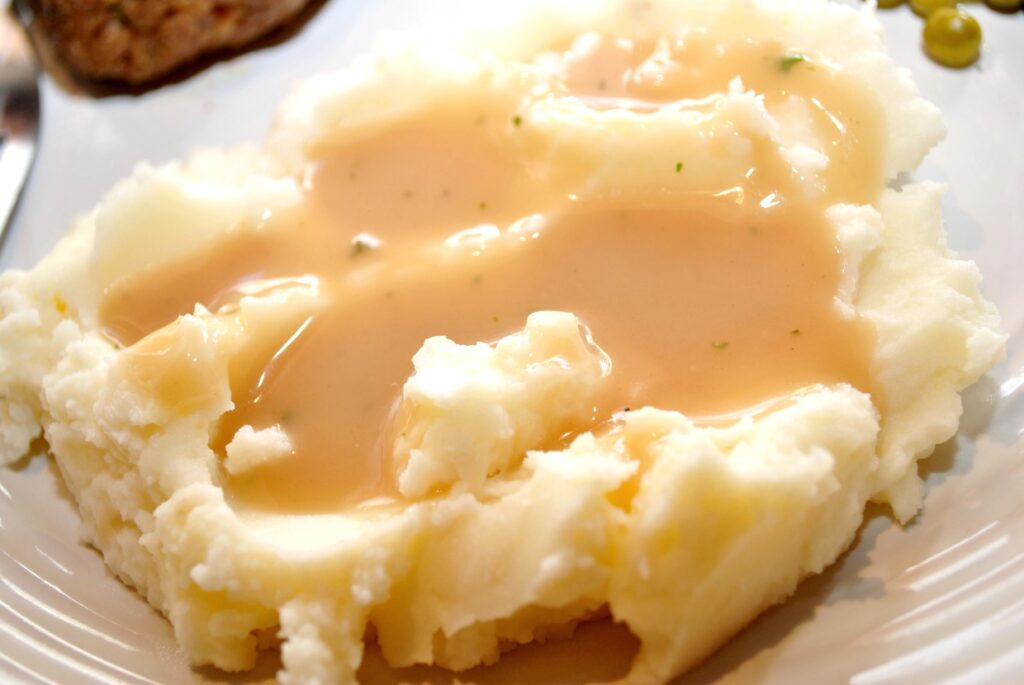
No Midwest holiday spread is complete without a giant bowl of mashed potatoes drenched in gravy. It’s a comforting, familiar dish that everyone expects. Today’s classic mashed potatoes and gravy came together in the 18th century, thanks to an English chef using potatoes from South America in the 16th century and a French sauce dating back to the 14th century. While this version became the favorite, earlier versions were popular in the Americas, France, and Germany but eventually faded from modern culture. For the best results, use Yukon Gold potatoes and real butter. If you want to step up your gravy game, make it from the drippings of your roasted turkey or ham.
Cranberry Sauce
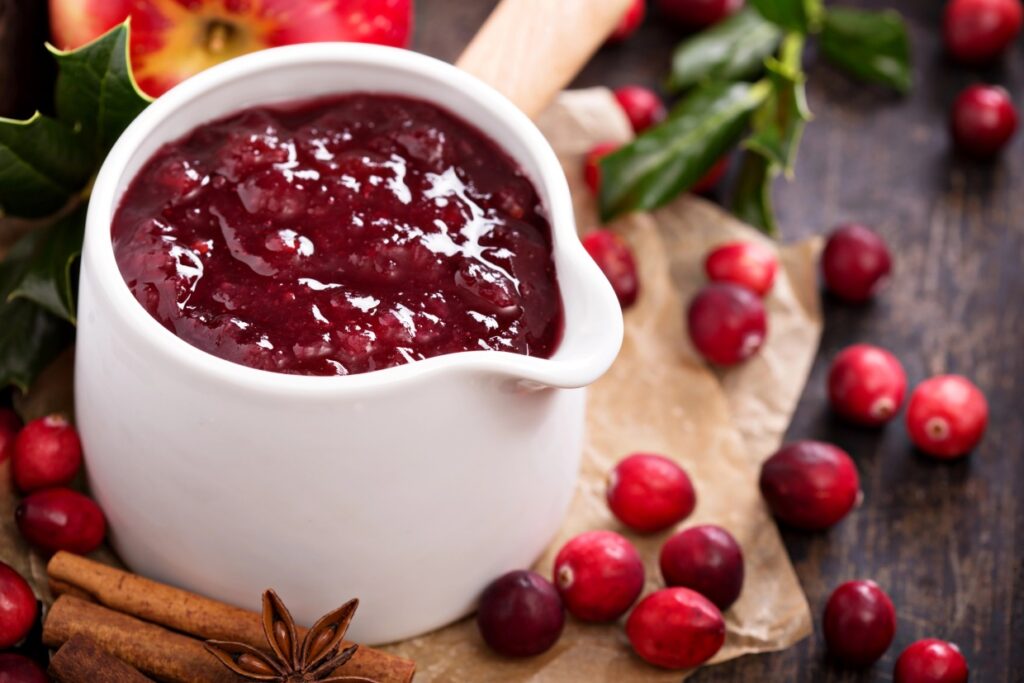
The origin of cranberry sauce is unclear, though Native Americans have been using cranberries for centuries. A 1672 account from the American colonies notes that both Native Americans and settlers boiled cranberries with sugar for a meat sauce. One of the earliest documented pairings of turkey and cranberry sauce appears in the 1796 cookbook American Cookery by Amelia Simmons, where she suggests serving roast turkey with cranberry sauce and boiled onions. Homemade cranberry sauce is a staple, adding color and flavor to the plate. While canned sauce does the job, Midwestern families often cook fresh cranberries with sugar and a squeeze of orange juice. The tartness perfectly balances the richness of heavier dishes like turkey and stuffing. Add cinnamon or cloves for extra holiday flavor.
Pumpkin Pie
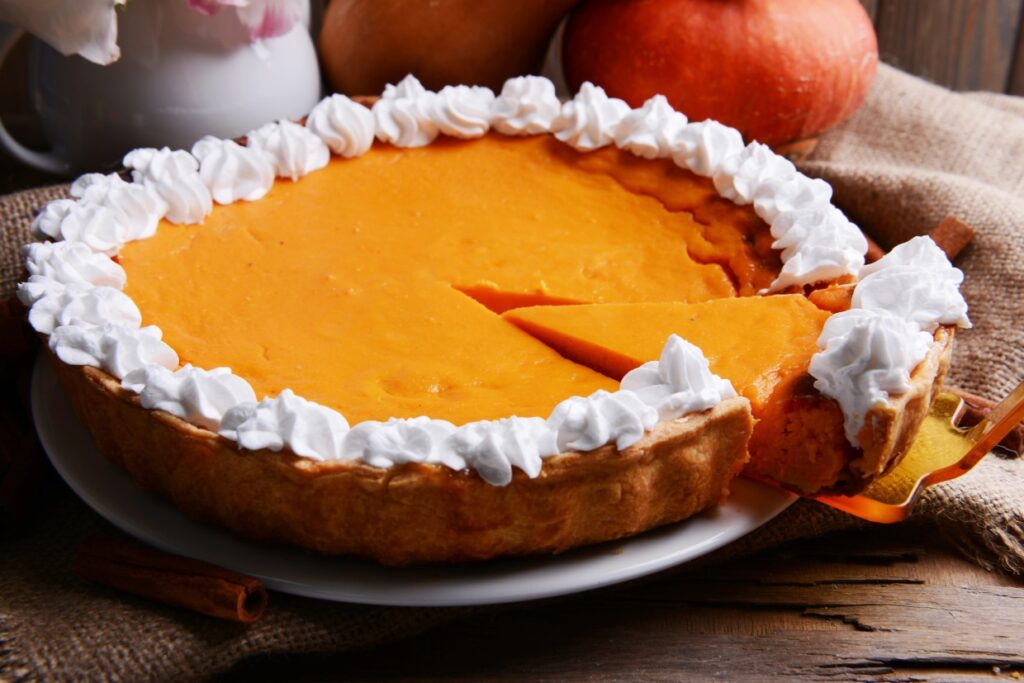
By the early 18th century, pumpkin pie was a Thanksgiving staple. In 1705, Colchester, Connecticut, even delayed Thanksgiving by a week due to a molasses shortage needed for the pie. Pumpkin pie screams holiday in the Midwest. Most families rely on canned pumpkins for convenience, but making it from scratch using a fresh pumpkin puree can be a game-changer. The key ingredients — cinnamon, nutmeg, and ginger — create the comforting flavors Midwesterners look forward to every year. Top it with whipped cream, and it’s a holiday win.
Holiday Ham
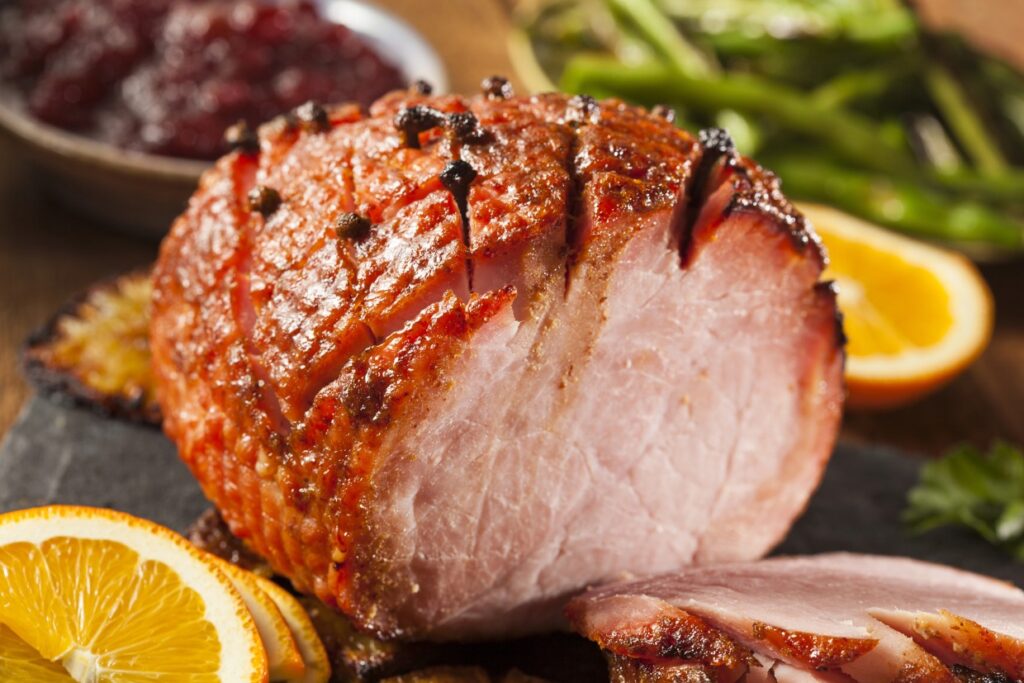
Ham is a staple at Midwest holiday tables. It became known as a Christmas dish around 1900 and gained popularity by the 1960s. The iconic clove-studded, sugar-glazed Christmas ham emerged in the 1930s. While glazed hams were popular earlier, they were traditionally glazed with stock, not sugar, and weren’t linked to Christmas until later. Traditionally baked or slow-cooked, it’s often glazed with brown sugar, mustard, or pineapple, creating that sweet-tangy combo Midwesterners love. Making it from scratch? Opt for a bone-in ham and cook low and slow for tender results. The Midwest version uses local maple syrup or honey for a perfect glaze.
Apple Pie
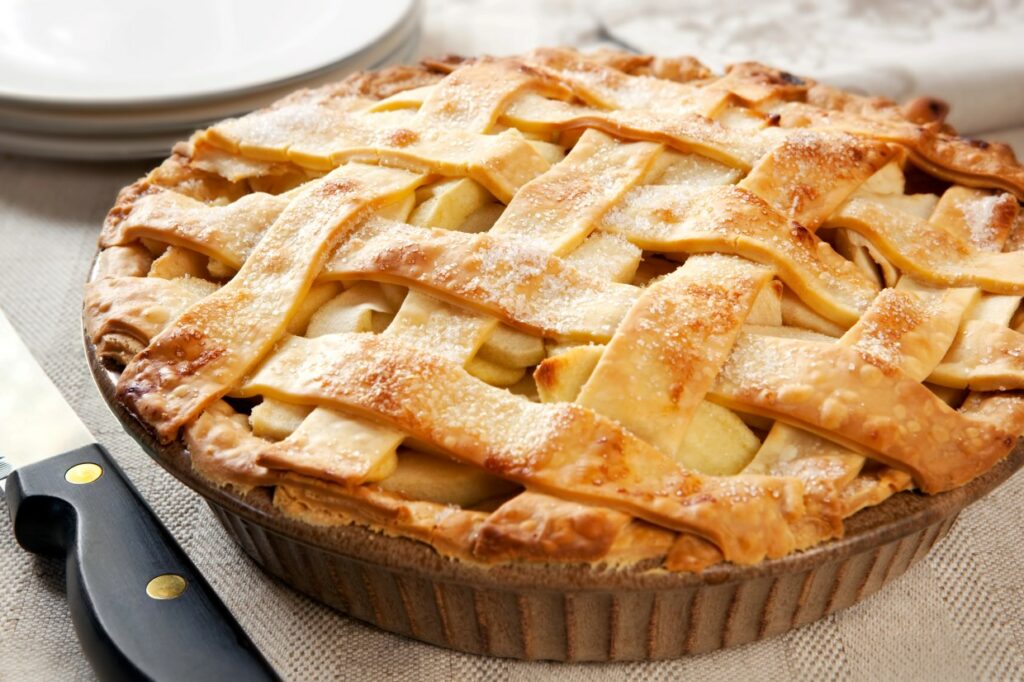
Apple pie is as classic as it gets on a Midwest holiday table, but it only became the American classic we know today around the 1810s when sugar became more affordable due to Southern sugar plantations using enslaved labor. This made sugar more common in early American recipes. Whether you use tart apples like Granny Smith or a mix of sweet and tart varieties, the flaky crust and cinnamon-sugar filling make it irresistible. For an update, try adding caramel drizzle or cheddar cheese to the crust — just like how Midwesterners do.
Tater Tot Hotdish
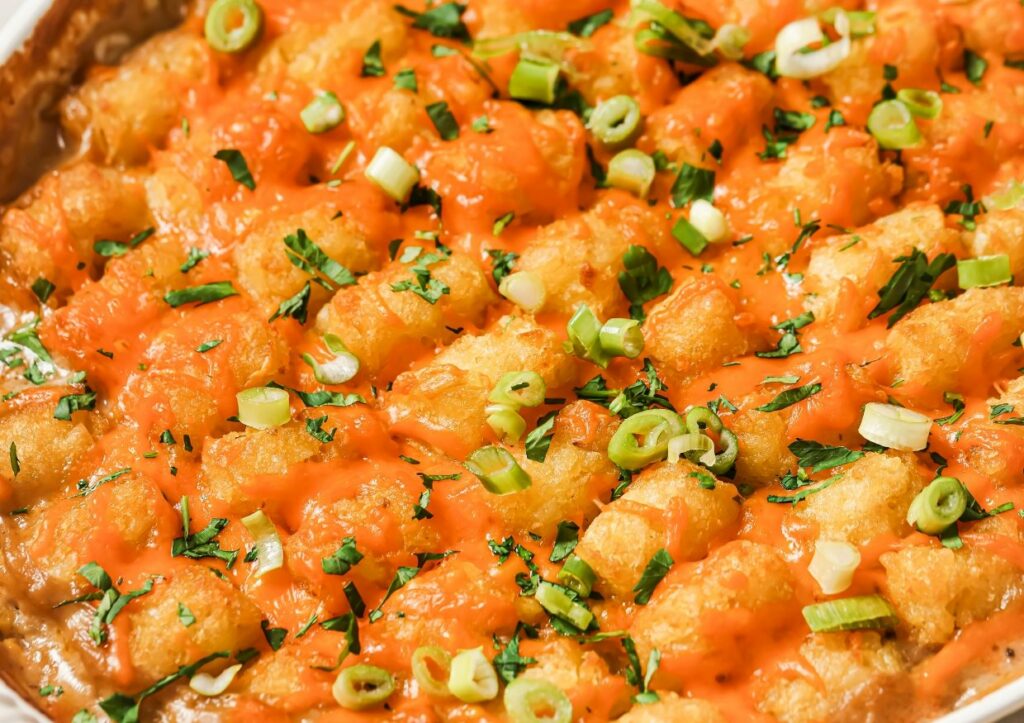
Hotdish, a popular casserole in Minnesota and the Dakotas, was created during the Great Depression to make meals more filling. Tater tots, invented in the 1950s, soon became a favorite ingredient in this dish. Tater Tot Hotdish is a hearty crowd-pleaser, traditionally made with ground beef, green beans, canned soup, and a layer of crispy tater tots. For a fresh take, swap in homemade cream sauce instead of canned soup or add different veggies like bell peppers or carrots. The simplicity and comfort of tater tots make it a Midwest favorite.
Get the recipe: Chicken Tater Tot Casserole.
Gooey Butter Cake
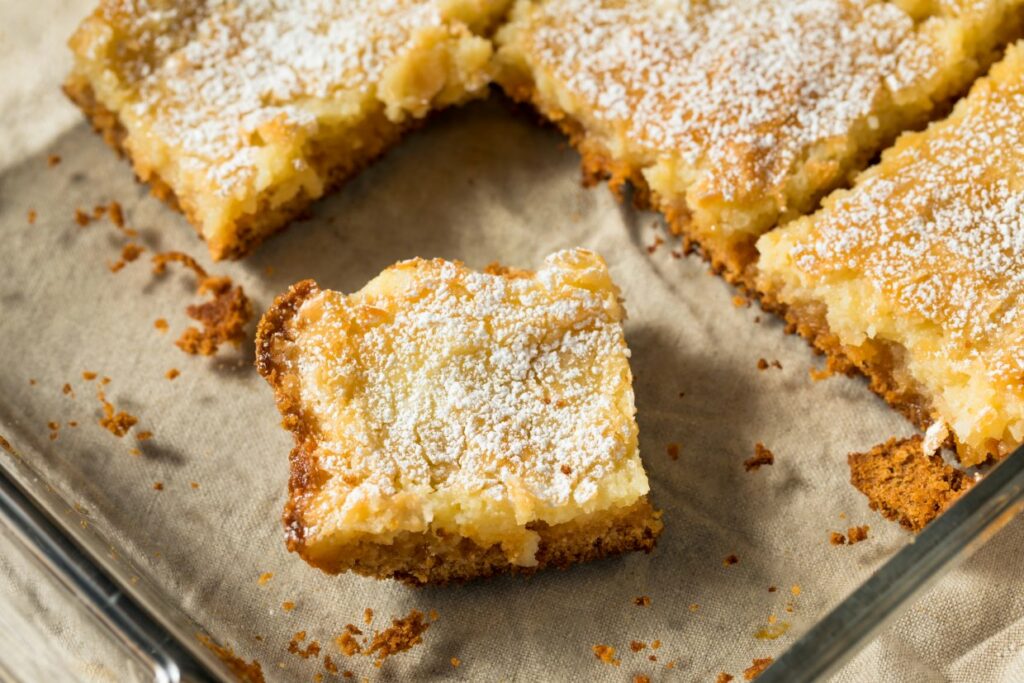
Originally from St. Louis, Gooey Butter Cake is exactly what its name promises — sweet, sticky, and irresistible. It dates back to the 1930s when, as the story goes, a German baker accidentally used the wrong ingredient ratios in a coffee cake recipe, resulting in a rich, gooey filling instead of the usual texture. The cake has a dense bottom layer with a buttery, gooey topping. Some people update the classic by making it from scratch using a yeast dough base and adding a splash of vanilla or lemon zest. This indulgent dessert is a must for Midwest gatherings and hits the spot with its simple, rich ingredients.
Pecan Pie
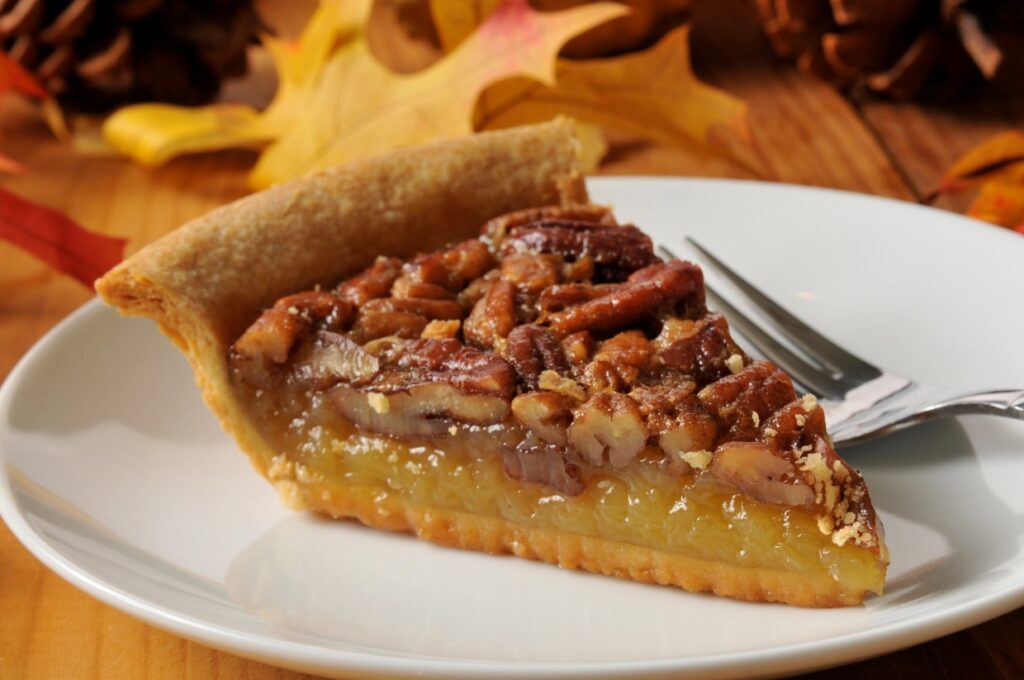
Pecan pie might be more southern, but it’s found its way onto many Midwest tables. The first printed pecan recipes appeared in Texas cookbooks in the 1870s and 1880s. A recipe resembling modern pecan pie was published in 1898 in a St. Louis church cookbook, submitted by a Texas woman. By the early 20th century, pecan pie recipes spread beyond Texas but didn’t gain widespread popularity until the mid-1920s. The sweet, nutty filling made from corn syrup and brown sugar is a perfect holiday treat. While the traditional version uses a store-bought crust, you can upgrade it by making your own buttery crust from scratch. Bourbon is often added for an extra kick, a popular Midwest touch.
Cornbread
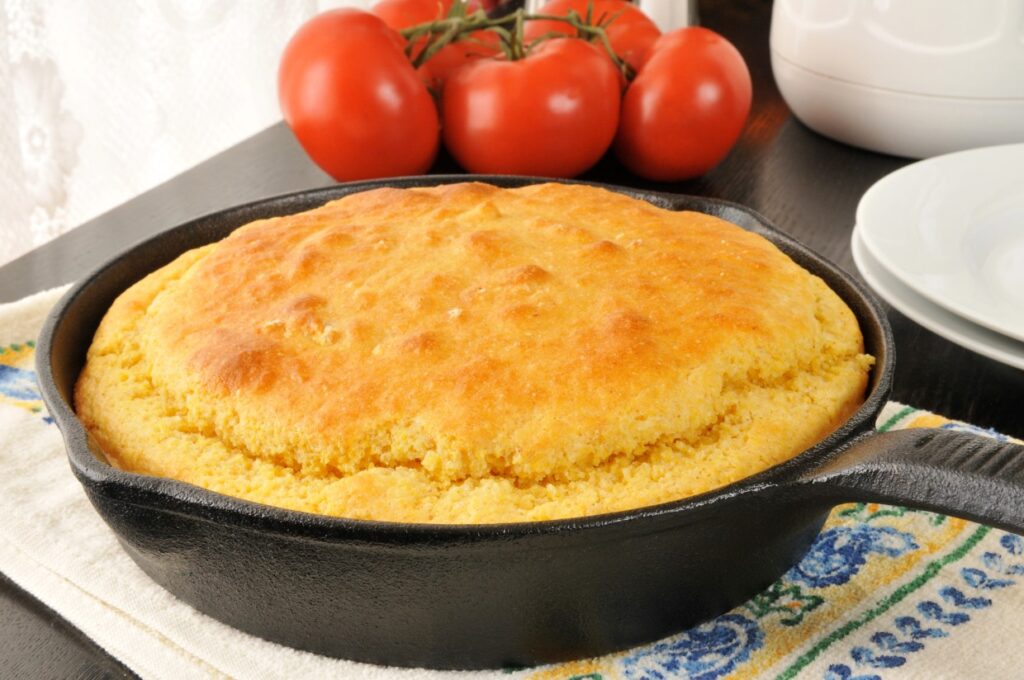
Cornbread is a holiday side dish that’s a Midwestern classic. It has deep roots in Native American cooking, as indigenous tribes used cornmeal long before European settlers arrived. Over time, it became a beloved staple in Southern and Midwestern kitchens, especially during the holidays. Cornbread is soft, buttery, and slightly sweet, thanks to a mix of cornmeal, flour, and sometimes sugar. Making it from scratch is a breeze; some families throw in fresh corn kernels for a bit of texture. Serve it warm with butter, and it’s guaranteed to be a hit.
Corn Casserole
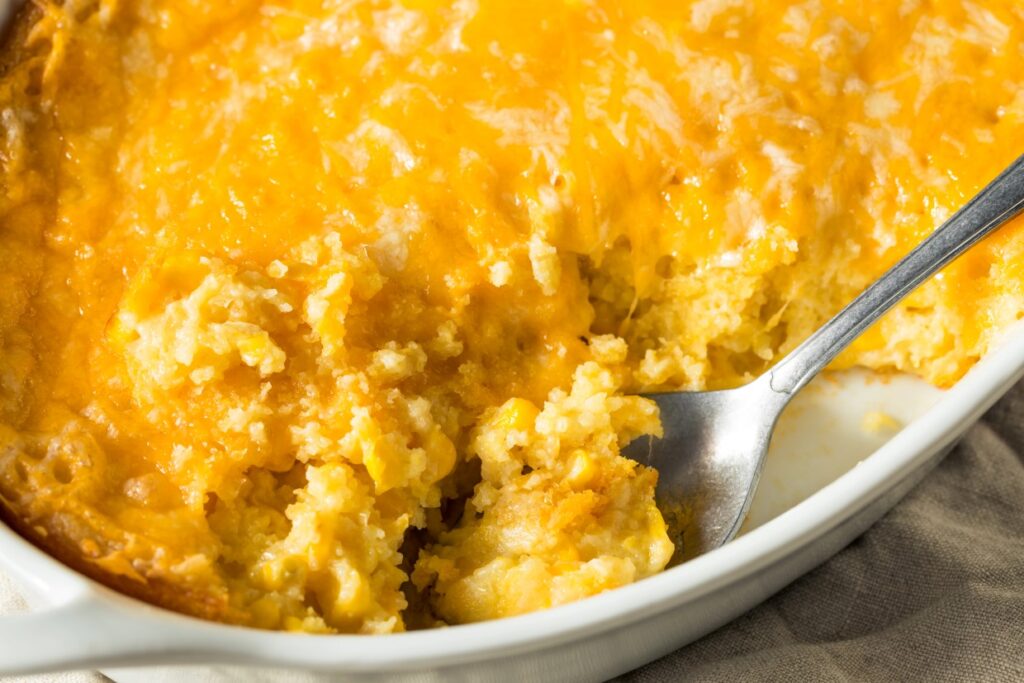
Corn casserole appeared after the Civil War when people began experimenting with cornbread. In the mid-20th century, Jiffy, an iconic brand, introduced a “corn bowl” recipe, later called “spoonbread,” using their corn muffin mix, eggs, butter, and sour cream. The dish, not quite cornbread but also not corn pudding, became a hit. Jiffy’s moist, buttery corn casserole, with a caramelized top and creamy center, soon became a year-round favorite side dish. Corn casserole, also known as corn pudding, is a holiday must-have across the Midwest. A mix of corn kernels, creamed corn, and cornbread mix makes this dish rich and comforting. Many recipes call for sour cream to keep it moist; some families add cheddar cheese for an extra touch. It’s the perfect balance of creamy and crunchy that Midwest diners love.
Cincinnati Chili
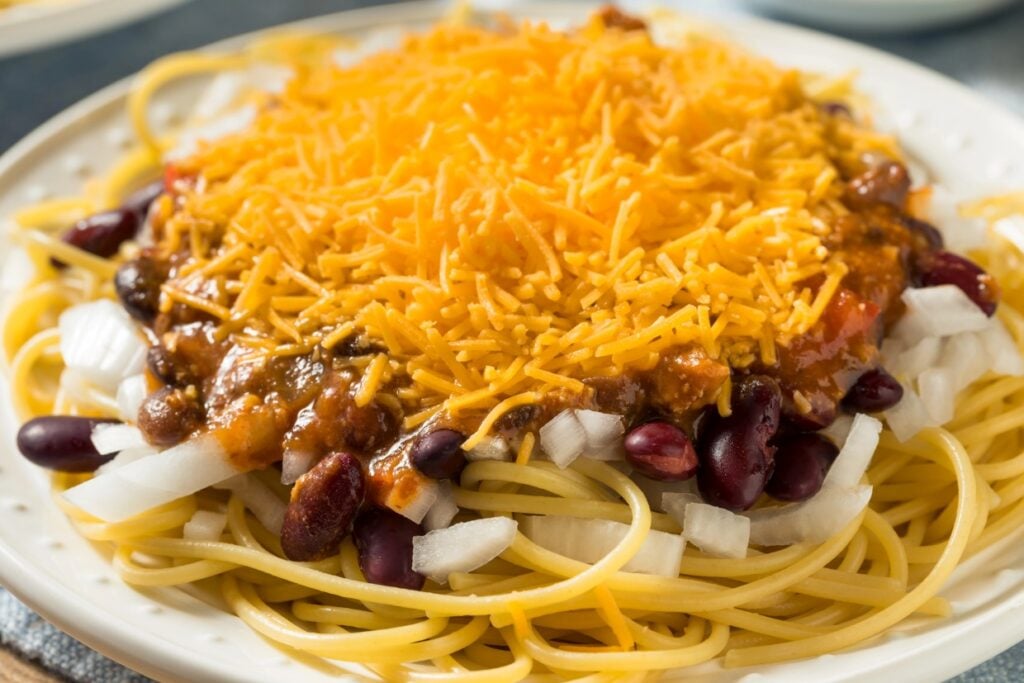
Cincinnati chili is a Midwest staple that’s been around since the 1920s, blending Greek flavors with a hearty meat sauce. Macedonian immigrant Tom Kiradjieff created Cincinnati chili in 1922. Struggling with his Greek restaurant, the Empress, he began serving a chili with Middle Eastern spices, calling it “spaghetti chili.” His popular “five way” dish featured spaghetti topped with chili, onions, kidney beans, and shredded cheese, and served with oyster crackers and hot dogs covered in more cheese. Cincinnati Chili is a perfect dish for family gatherings, traditionally served over spaghetti and topped with cheddar cheese. Making it from scratch is simple — just brown beef and add a mix of chili powder, cinnamon, and a hint of cocoa for that signature flavor. Top it with onions and beans for the full Midwest touch.
Buckeyes
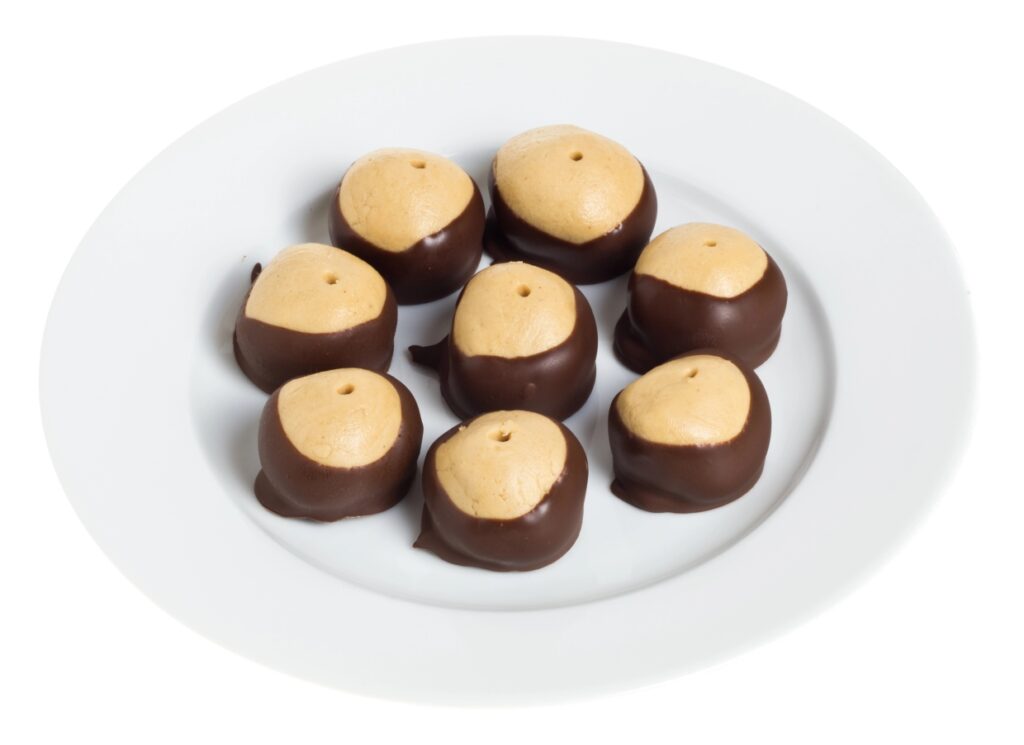
The tradition of making buckeye candies started in Ohio as a fun nod to the state’s official tree. As the story goes, in the 1960s, an Ohio local named Gail Tabor came up with buckeyes while making chocolate-dipped peanut butter balls. After dipping them only halfway, she realized they resembled buckeye nuts, and the treat was born. These peanut butter and chocolate candies are a hit on any Midwest holiday table. Named after the nut of the buckeye tree, they’ve been a holiday treat since the 1960s. If you want to make them from scratch, mix creamy peanut butter, butter, and powdered sugar, then dip them into melted chocolate — leaving just a bit of peanut butter peeking out. It’s a sweet bite that’s hard to resist, and using a touch of vanilla makes them even more memorable.
Gratin
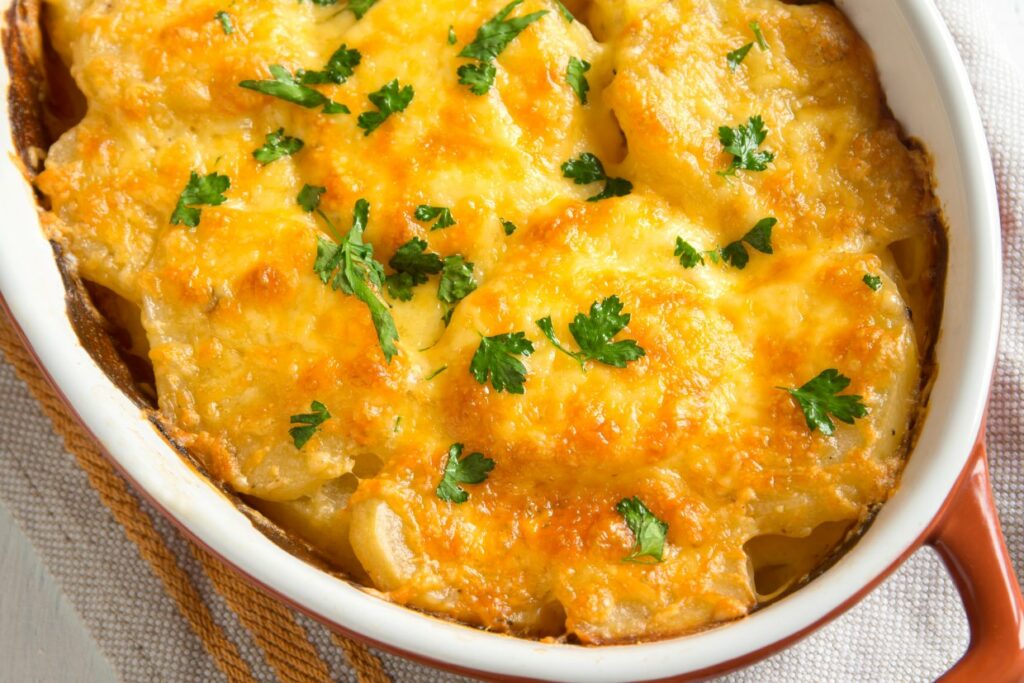
Gratin dishes, especially potato gratin, are common across Midwest tables during the holidays. The origins of potato gratin can be traced back to France’s Dauphiné region, where it was made as a simple peasant dish of potatoes, cream, and cheese. It became a Midwest staple for holiday feasts, where hearty, comforting foods take center stage. Gratins are known for their cheesy layers and rich texture, often made with thinly sliced potatoes, cream, and cheese baked until golden. You can modernize it by adding roasted garlic or swapping out cheddar for gruyere. The secret to a great Midwest gratin is plenty of butter and fresh herbs to bring out that cozy feel everyone expects.
Cheese Curds
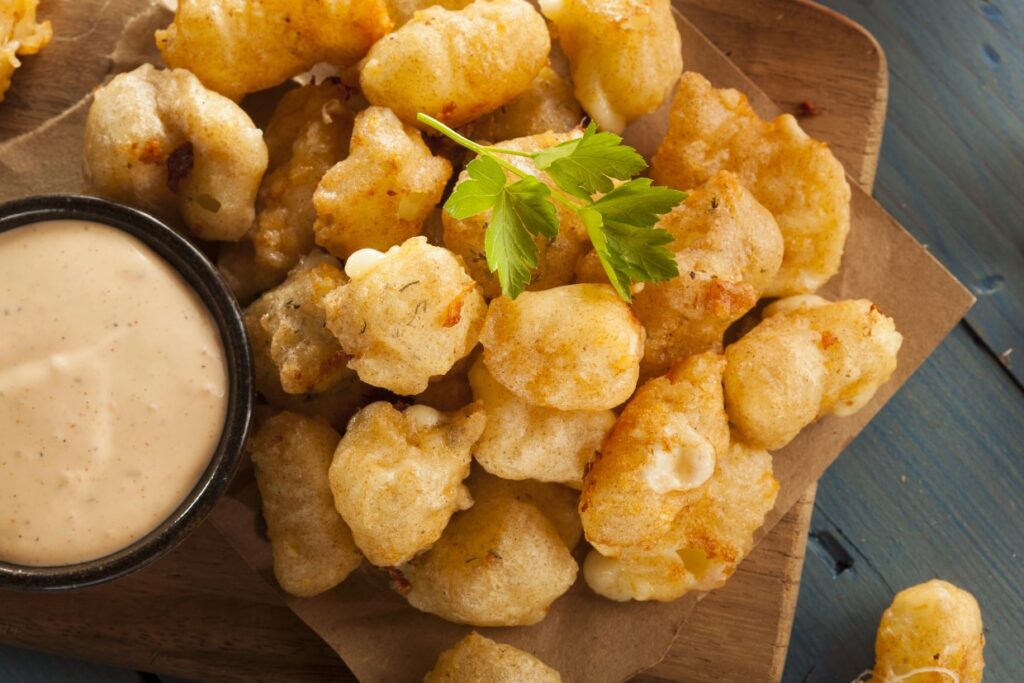
Cheese curds are a Midwest classic, especially in Wisconsin, where cheese is a serious business. Their origin goes back to Wisconsin’s dairy industry, which started around 1840. As cheddar became the dominant cheese, it was discovered that the salted curds, a step in cheddar production, were a delicious snack on their own — salty, tangy, and squeaky, becoming a regional favorite. Whether served fresh or fried, they’re a popular appetizer or snack. Fresh curds have a slightly salty, squeaky texture. Frying them at home is easy — just dip them in a light batter and fry until golden. They’re best when served hot and are perfect for dipping in ranch or marinara sauce.
Meaty Pasta Casseroles
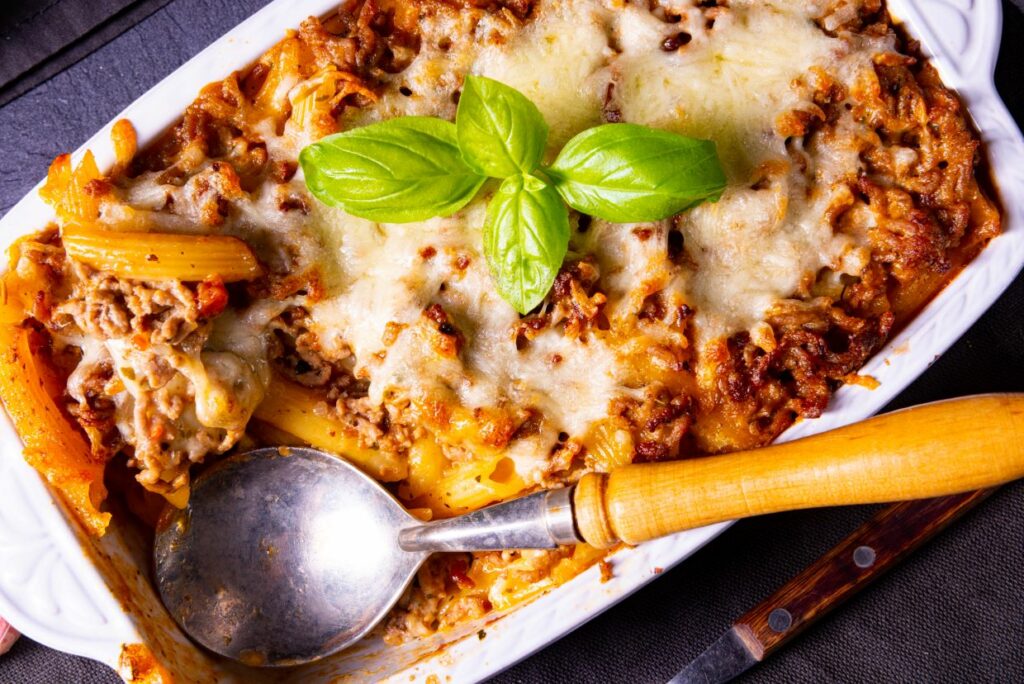
Pasta casseroles with rich meat sauces are a Midwest favorite, often seen at large family gatherings. Their origins trace back to Italian immigrants who brought dishes like lasagna to the U.S., which were then adapted using ingredients more common to the region. Lasagna or baked ziti are common choices, made with layers of ground beef, tomato sauce, and mozzarella. You can add your version by sneaking in veggies like spinach or mushrooms to keep things fresh. These casseroles are great for feeding a crowd with that comforting balance of hearty meat and gooey cheese.
Chicken and Wild Rice Casserole
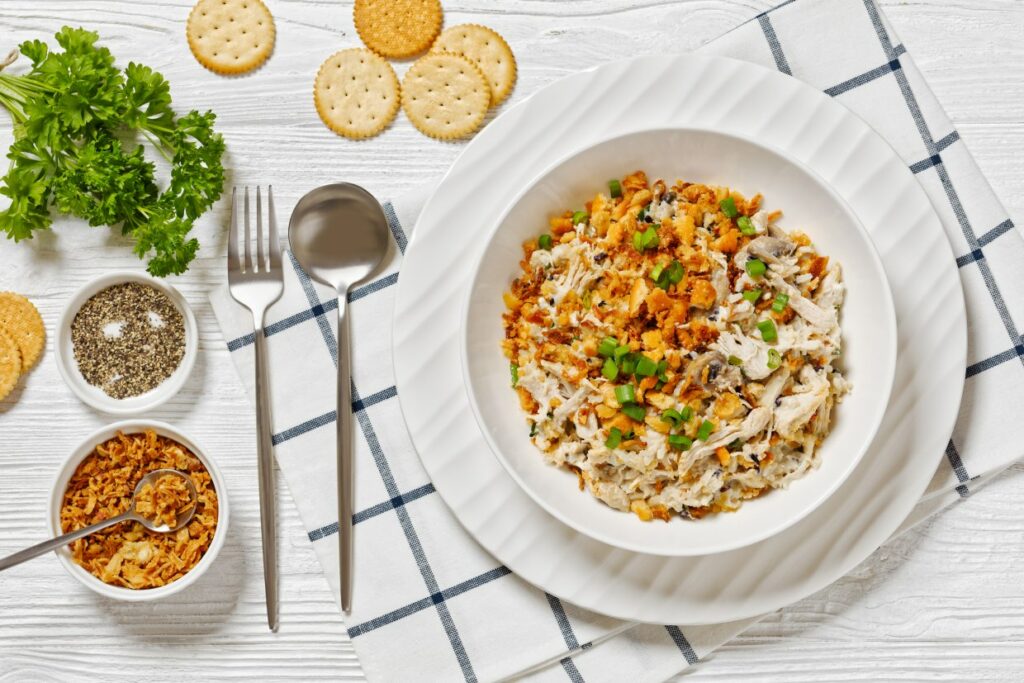
Wild rice, native to the Great Lakes region, has been an important staple for indigenous people and later became popular in traditional Midwestern dishes. Chicken and wild rice casserole, often served at holiday gatherings, blend this local grain with creamy ingredients to create a comforting, earthy meal. Homemade versions are simple — just cook wild rice and stir in sautéed vegetables and shredded chicken before baking. A dash of herbs like thyme or sage brings out the richness of the chicken and rice combo.
Scalloped Corn
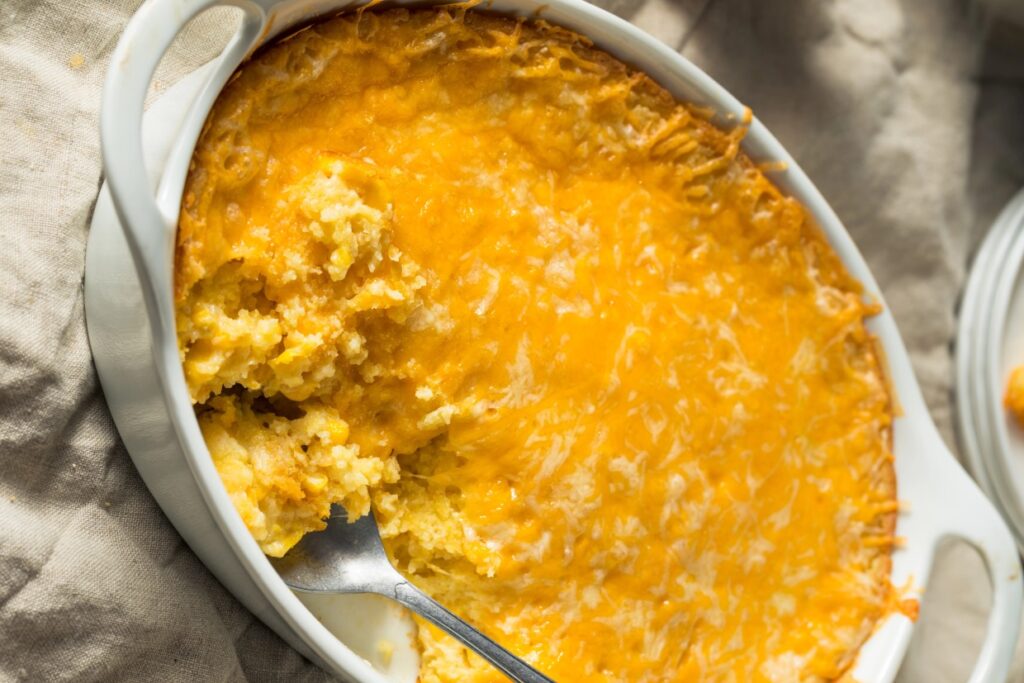
Scalloped corn is believed to have originated in New England. However, its simplicity and widespread popularity have led to countless variations. Classic cookbooks list everything from basic salt and pepper to additions like hot sauce and Worcestershire. This old-fashioned casserole is as comforting as it gets. Made with corn, eggs, milk, and sometimes crackers or bread crumbs, it’s a creamy dish that pairs perfectly with just about any main course. You can update it by using fresh corn and adding a pinch of cayenne for some heat. Scalloped corn is all about the rich, creamy texture Midwest cooks love.
Fried Mush
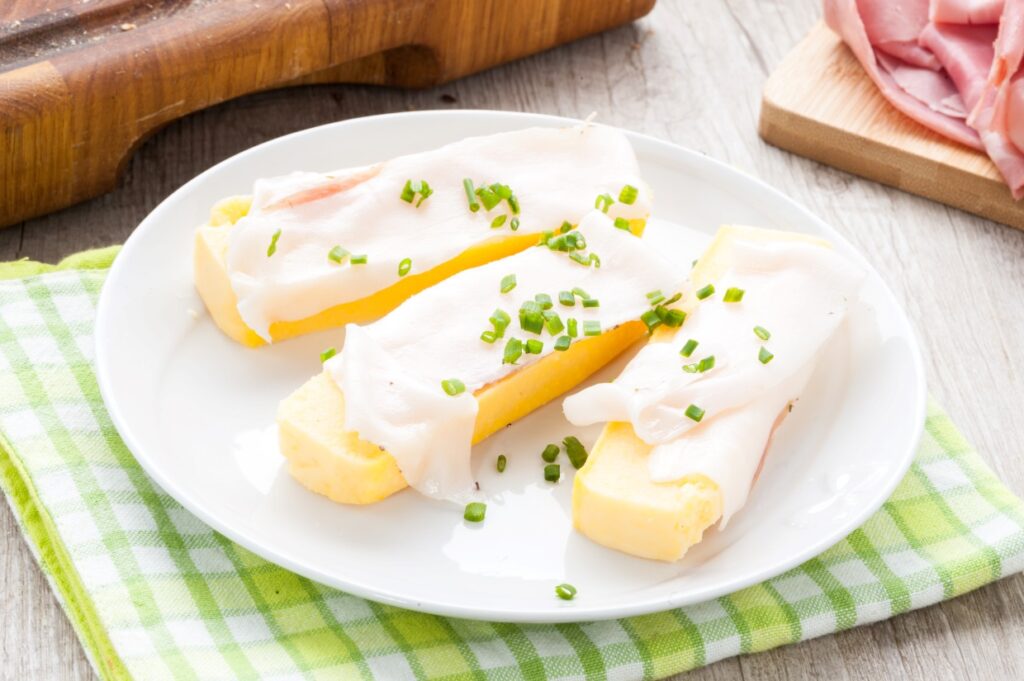
The exact history of fried mush is a bit unclear. This simple dish made from cornmeal is said to have roots in pioneer times. It’s made by cooking cornmeal into a thick porridge, letting it cool, and then slicing and frying it until golden. But it’s also linked to a popular cornmeal brand that has been around for a century. Jaxon Corn Meal Mush dates back to 1896. It started when Theresa Jackson chilled leftover cornmeal in a bread pan, then fried it the next morning and topped it with maple syrup. Her husband Cyrus enjoyed it so much that he began selling it to local Indianapolis markets, and it quickly gained popularity. Fried mush’s basic, no-frills ingredients make it a perfect example of Midwest practicality. For a modern update, consider adding spices or serving it with various toppings like bacon or eggs.
Potato Skins
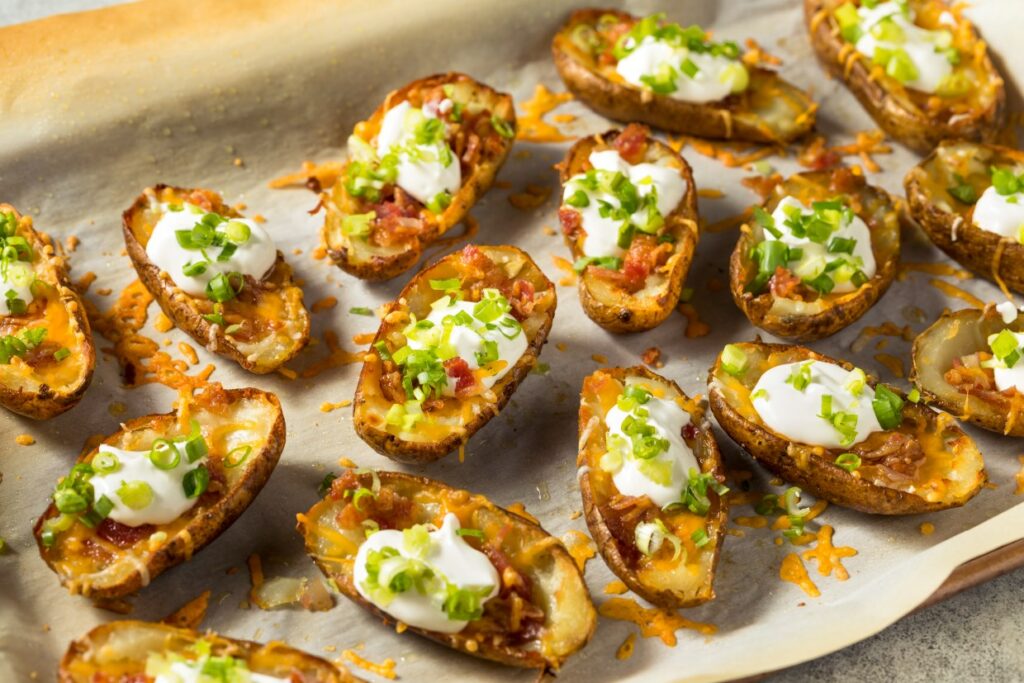
Potato skin is one of those dishes with a contested history. Three different restaurants are often credited with creating the appetizer in the early ’70s: The Prime Rib Restaurant in Washington, DC; R.J. Grunts in Chicago; and TGI Fridays. But the fact remains that potato skins hit the sweet spot between appetizer and side dish at any holiday gathering. These crispy, cheesy bites are usually filled with bacon, sour cream, and green onions. To make them even better, try using different types of cheese or adding pulled pork for a heartier dish. The combination of crispy potato and flavorful toppings gives potato skins their signature Midwest appeal.
Breaded Pork Tenderloin Sandwich
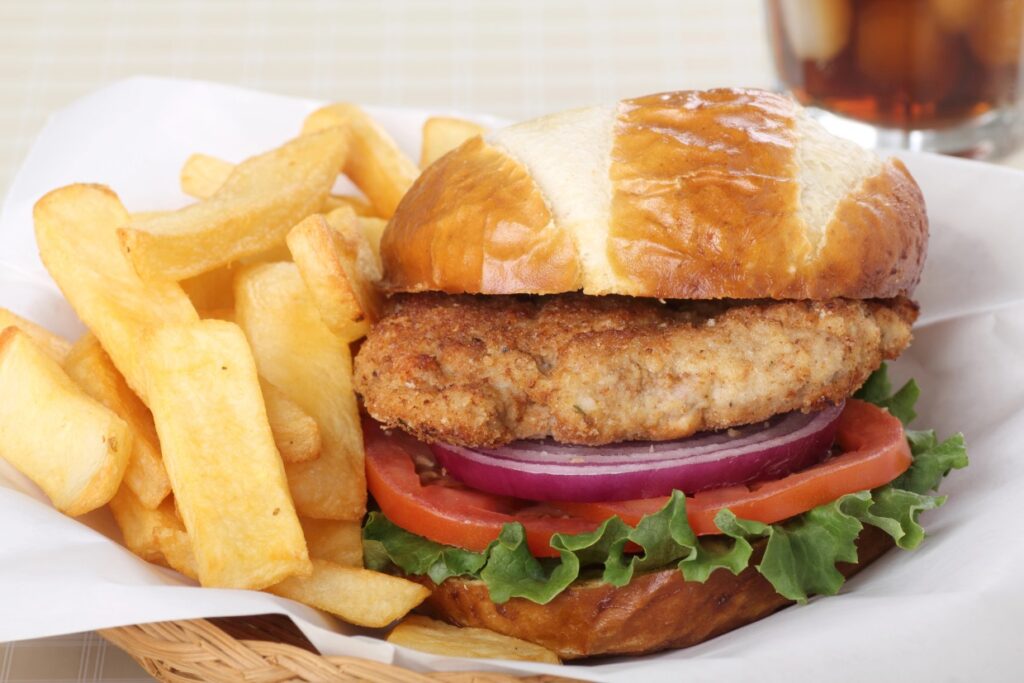
This dish is pure Midwest tradition. Legend has it that the first version was a different take on the German schnitzel, traditionally a breaded veal cutlet. By using pork instead and serving it as a sandwich, restaurateur Nick Freienstein found great success with the dish. The breaded pork tenderloin sandwich, served with pickles and onions on a soft bun, is a local favorite, especially in Indiana and Iowa. Make it fresh by pounding pork tenderloin, coating it in seasoned bread crumbs, and frying until crisp. The tenderloin’s crunchy exterior, paired with its juicy center, is what makes it a classic Midwest comfort dish.
Hotdish
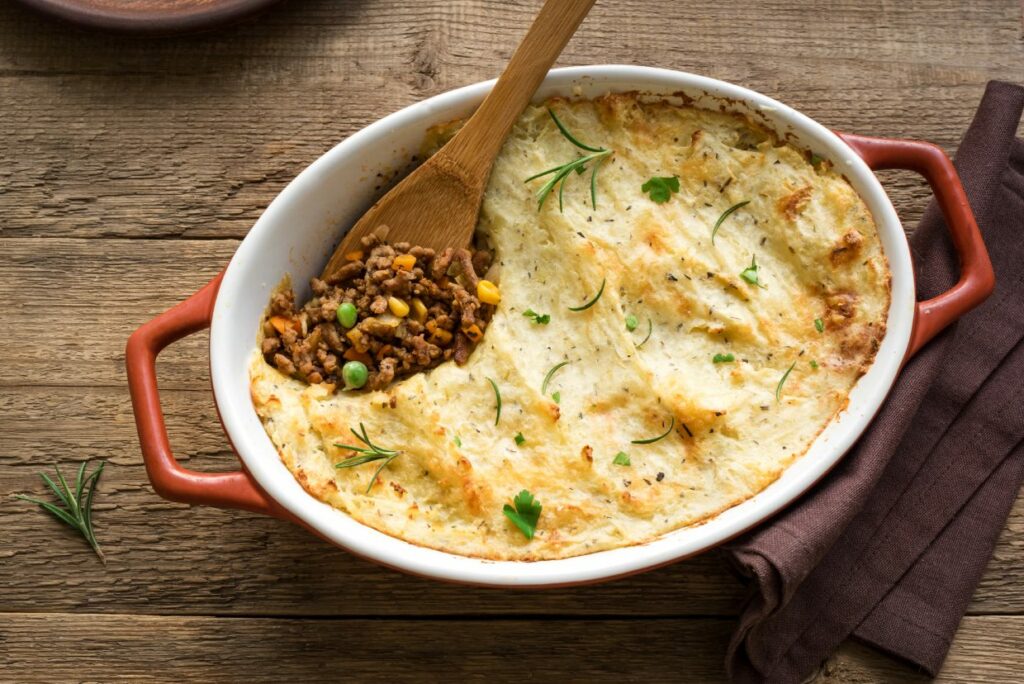
Hotdish is a staple on Midwest holiday tables, bringing comfort and practicality together in one dish. It was born thanks to budget-conscious farm wives who needed to feed their families and church congregations in early Minnesota. It was often served in church potlucks and community gatherings, feeding crowds without breaking the bank. It’s a hearty casserole usually made with ground beef, vegetables, and a starch-like tater tots or noodles. Consider using fresh veggies and homemade cream sauce instead of canned soup to make it from scratch. The tater tots or crispy onions on top give it that Midwest charm.
Broccoli Casserole
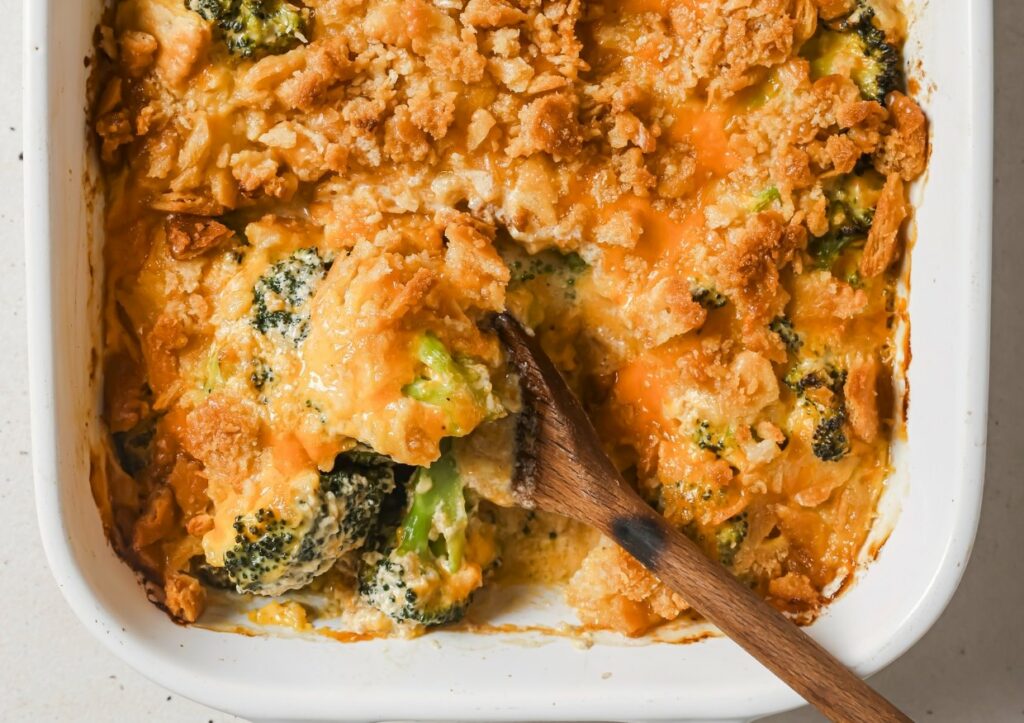
Broccoli casserole often appears on Midwest holiday tables as a sneaky way to get veggies into the mix. Typically, it combines broccoli with a creamy cheese sauce and crunchy breadcrumbs or crackers on top. It’s been a tradition at family dinners for decades, evolving from the original 1950s recipes that relied heavily on processed ingredients. To freshen it up, try using steamed fresh broccoli and mixing in sharp cheddar for an extra kick. The crunchy topping is a perfect Midwest touch, giving the dish its comforting finish.
Get the recipe: Broccoli Casserole.
Sugar Cookies
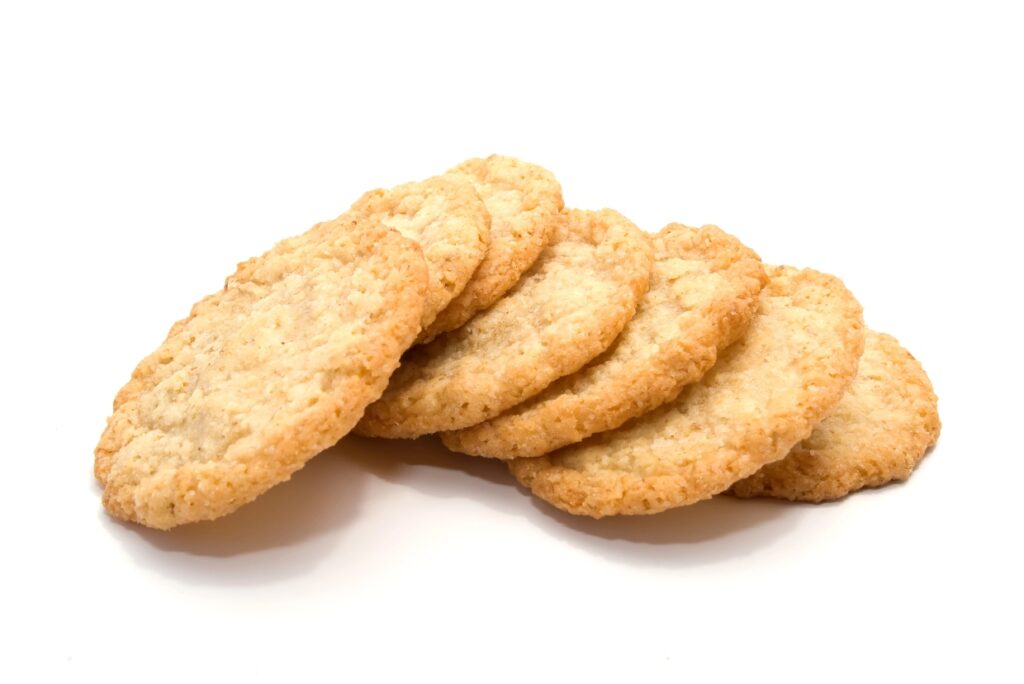
Sugar cookies are a holiday tradition in the Midwest, often used as a fun family activity where kids help with decorating. These simple cookies are usually flavored with vanilla and shaped into festive designs, from snowflakes to reindeer. The tradition goes back generations, with recipes that call for basic pantry staples like flour, sugar, and butter. You can add almond extract or lemon zest to the dough for a modern take. The simple, comforting taste and colorful frosting make these cookies a Midwest holiday must.
Potato Cinnamon Rolls
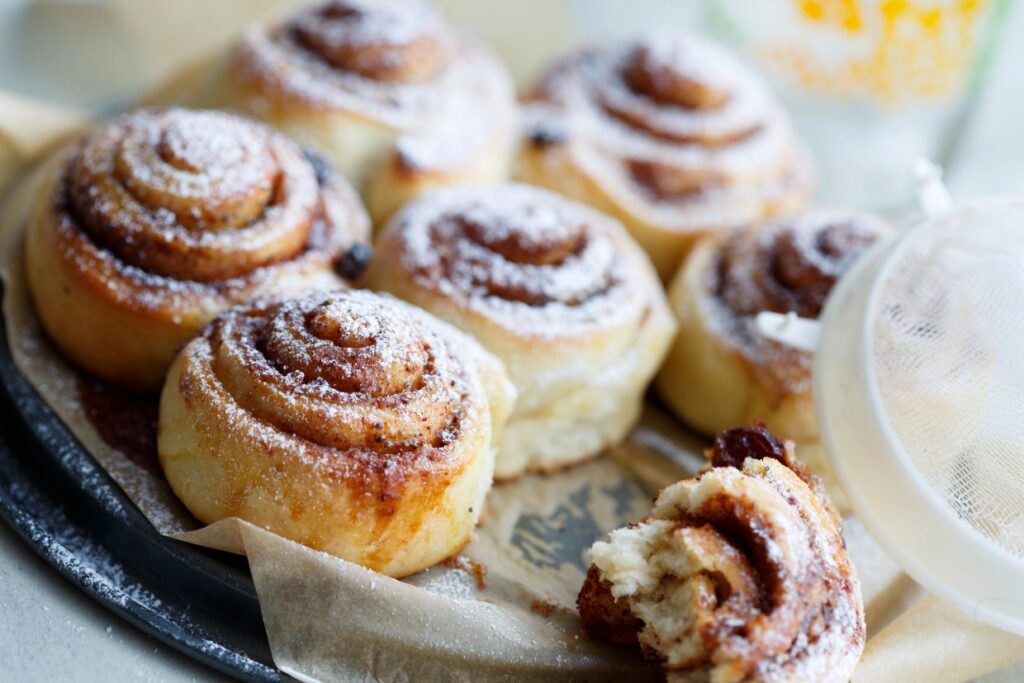
Potato cinnamon rolls might sound surprising, but they’re a holiday favorite in the Midwest. The potato in the dough makes these rolls extra soft and tender, giving them a long-lasting freshness. This tradition dates back to early Midwest settlers who used what they had on hand to make the most of their ingredients. Add cream cheese frosting or a dash of nutmeg to update these rolls for a little extra flair. The soft, pillowy texture from the potato gives these cinnamon rolls their Midwest appeal.
Candy Cane Bark
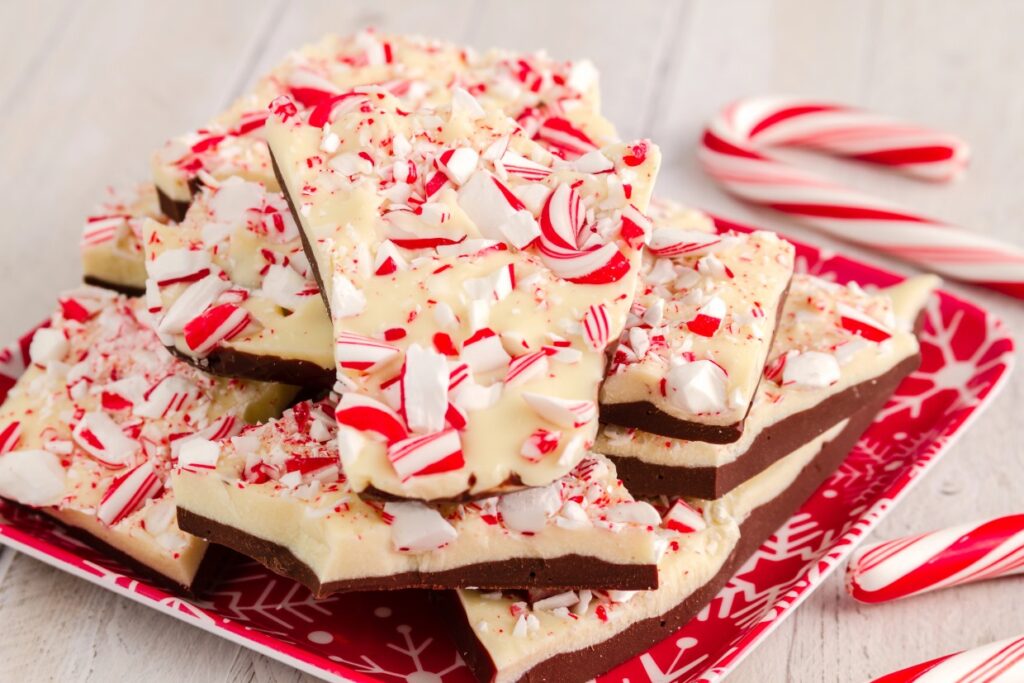
Candy cane bark is a holiday classic that brings together chocolate and peppermint, two flavors that signal the season in the Midwest. It’s a simple treat that’s usually made with layers of dark and white chocolate, topped with crushed candy canes for a festive crunch. This dish has been a holiday staple for decades, often made as a homemade gift or just to have on hand for guests. For a modern spin, try using flavored candy canes or adding a bit of sea salt to the mix. The contrast between the smooth chocolate and the crunchy candy makes this treat a Midwest favorite.
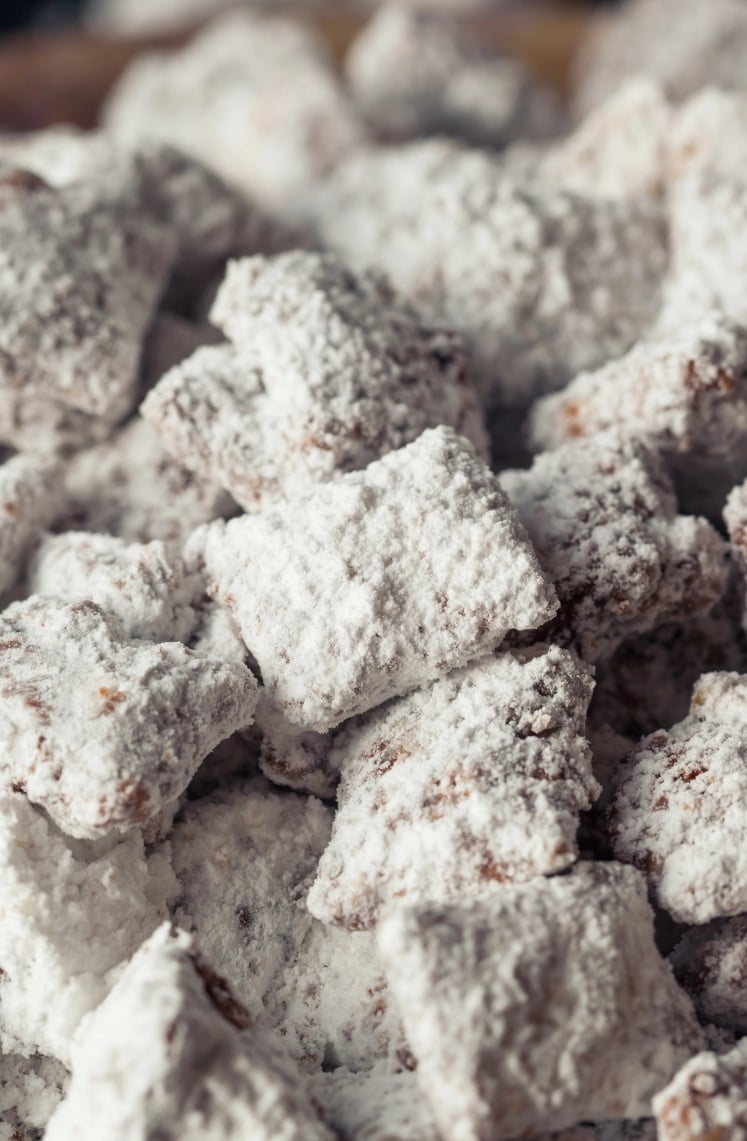


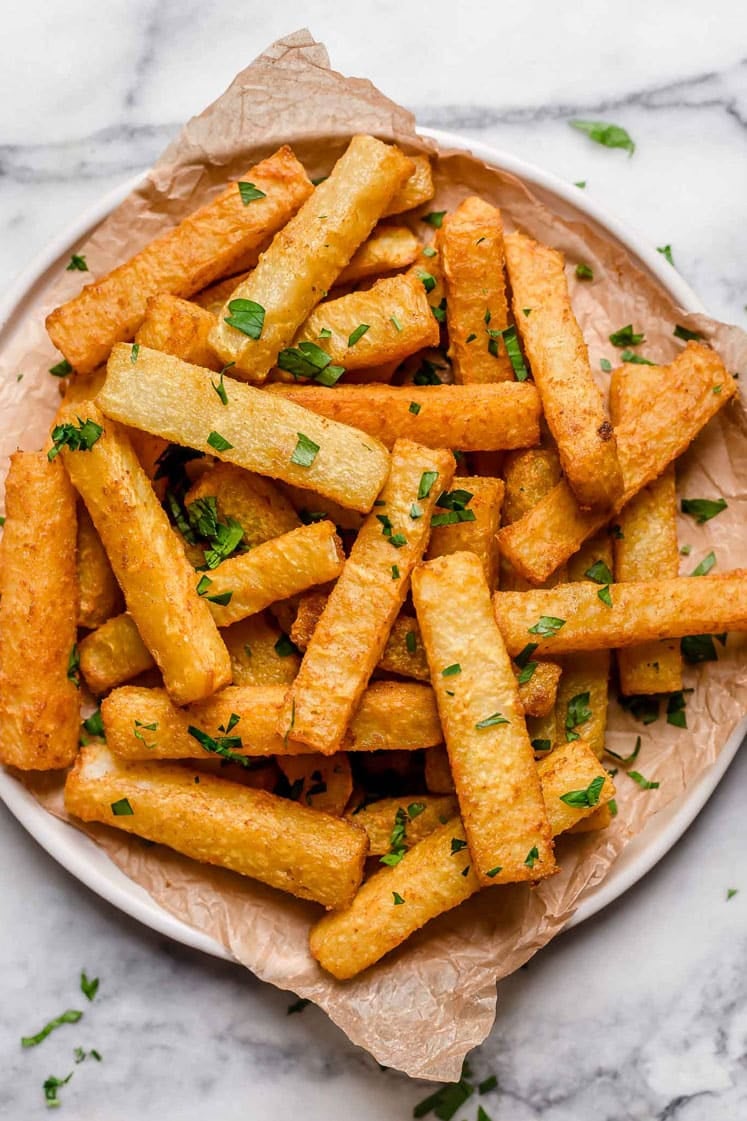
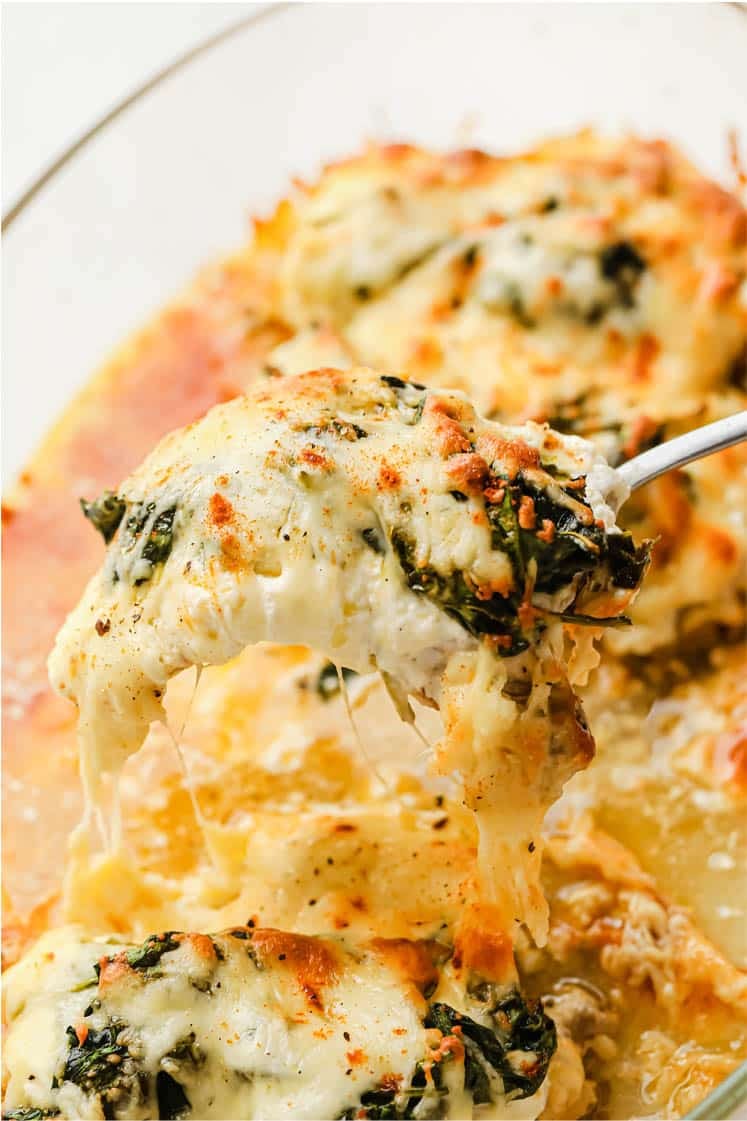
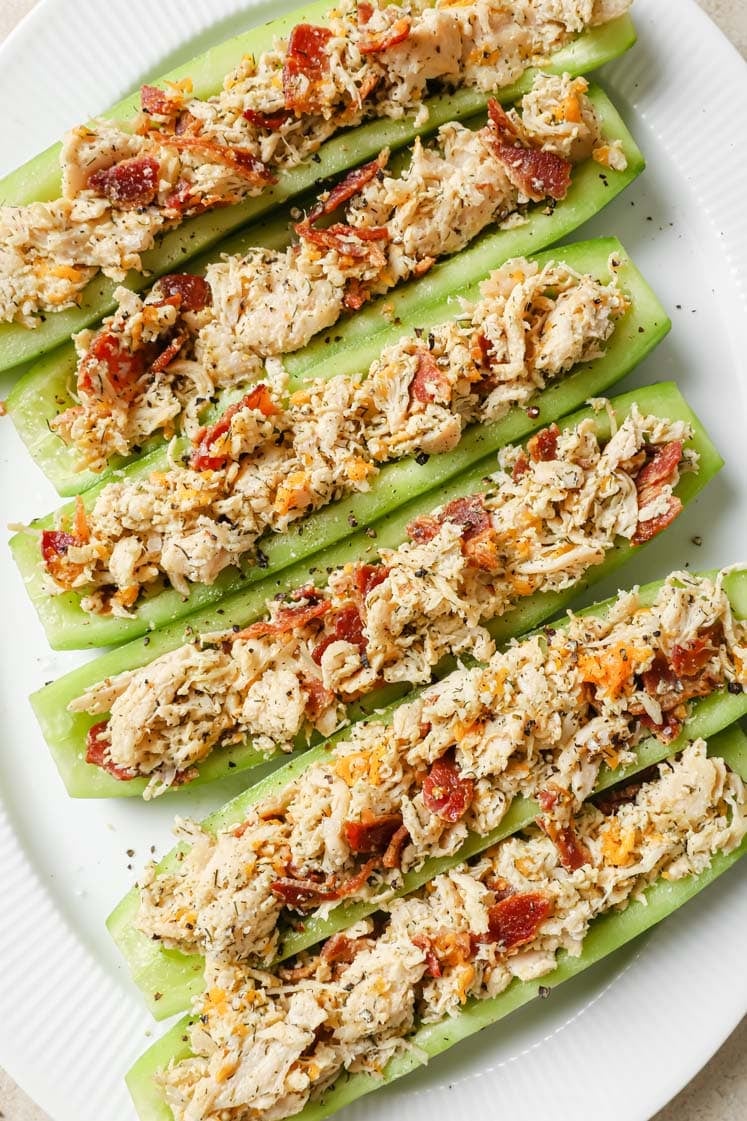
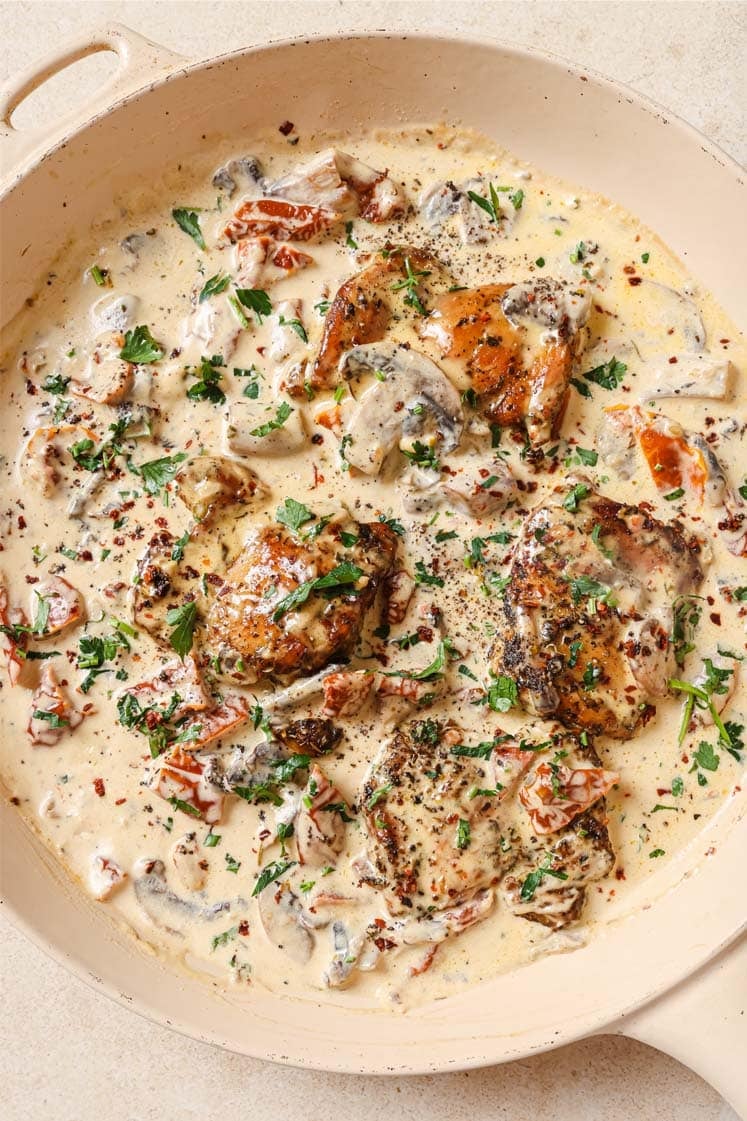
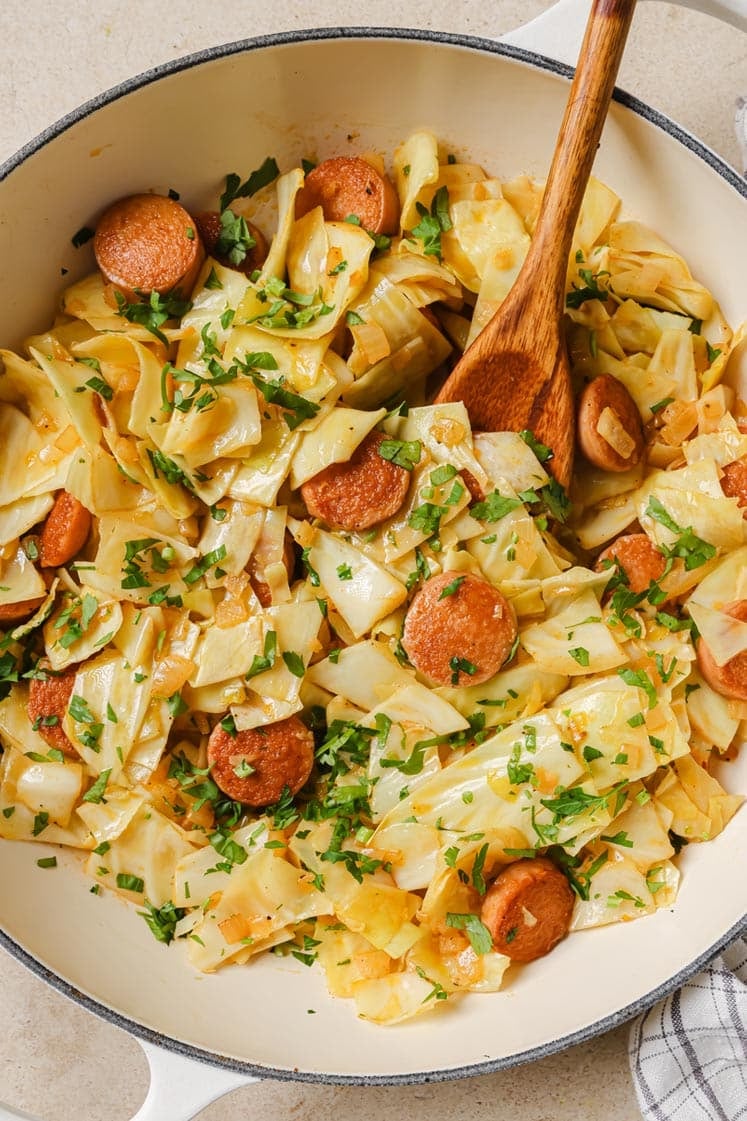
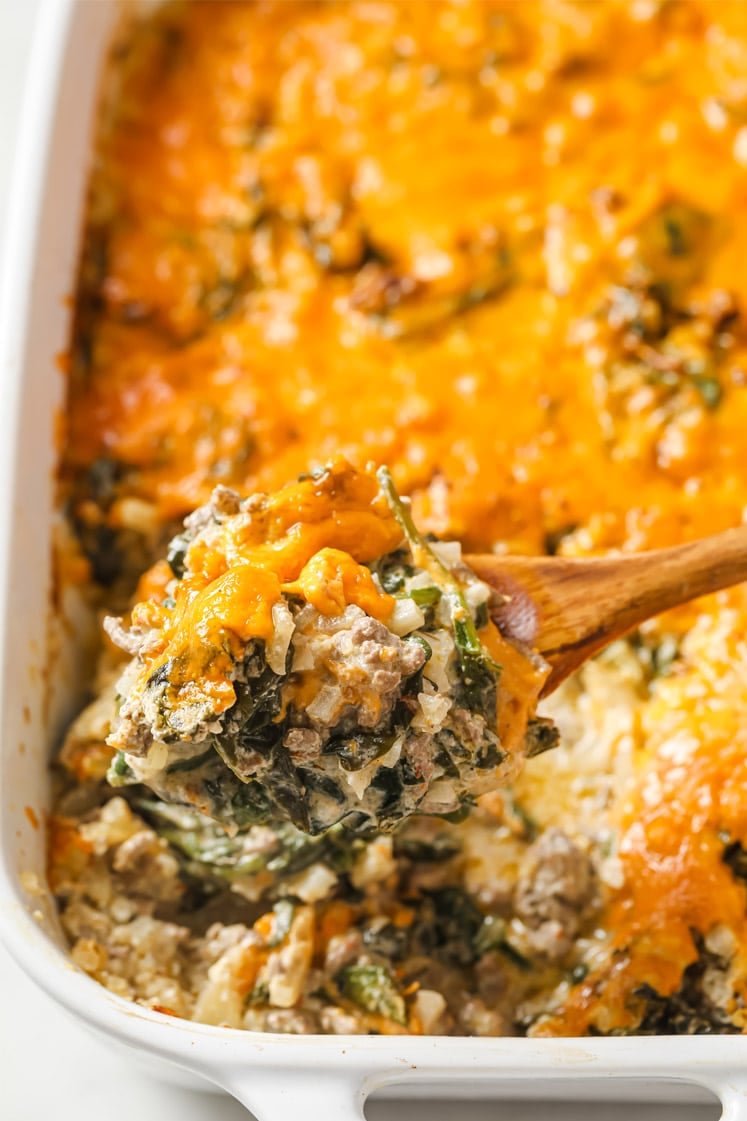
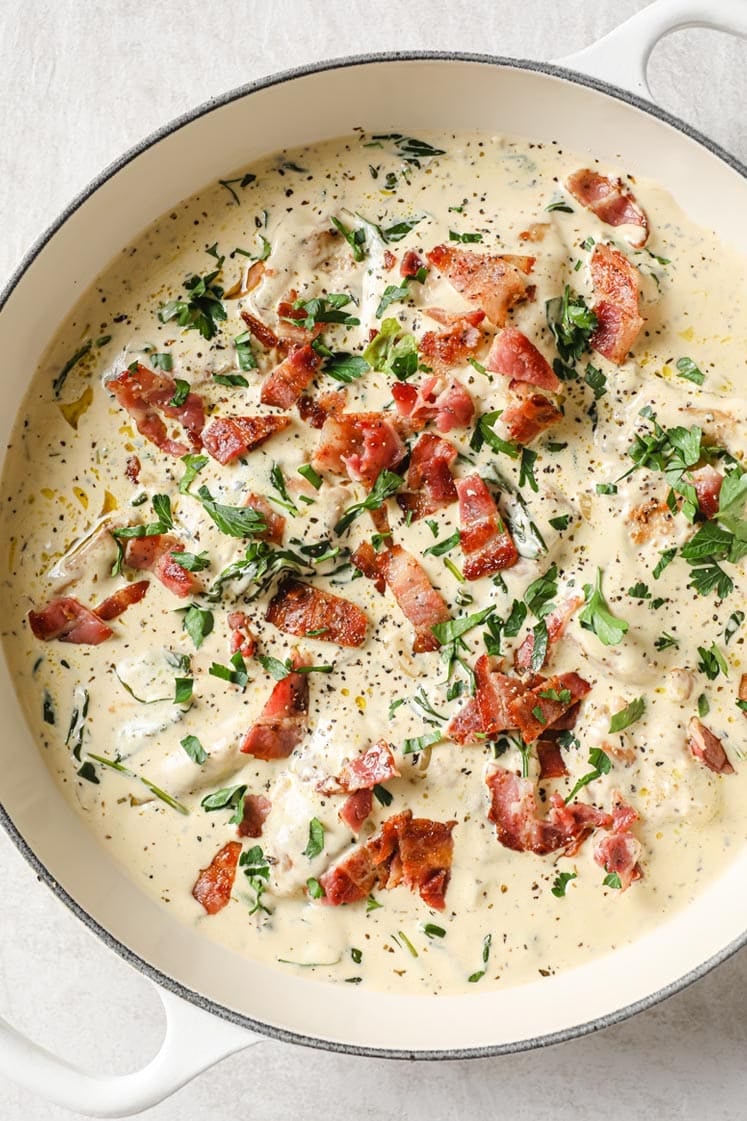
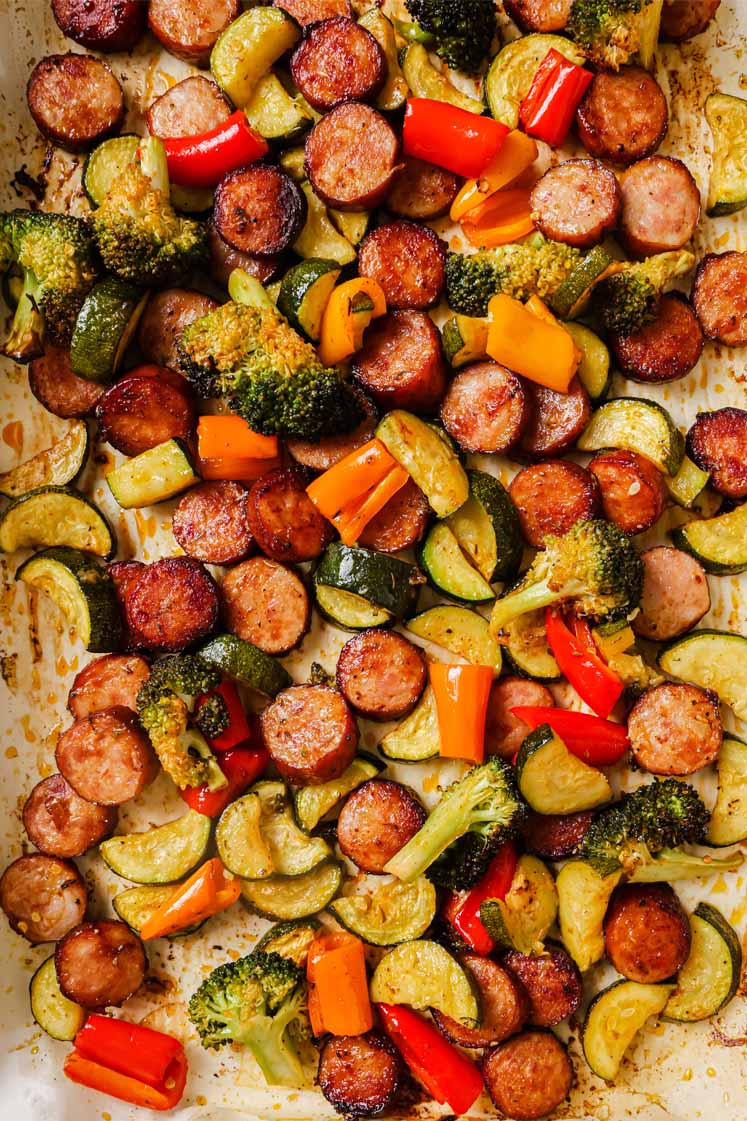
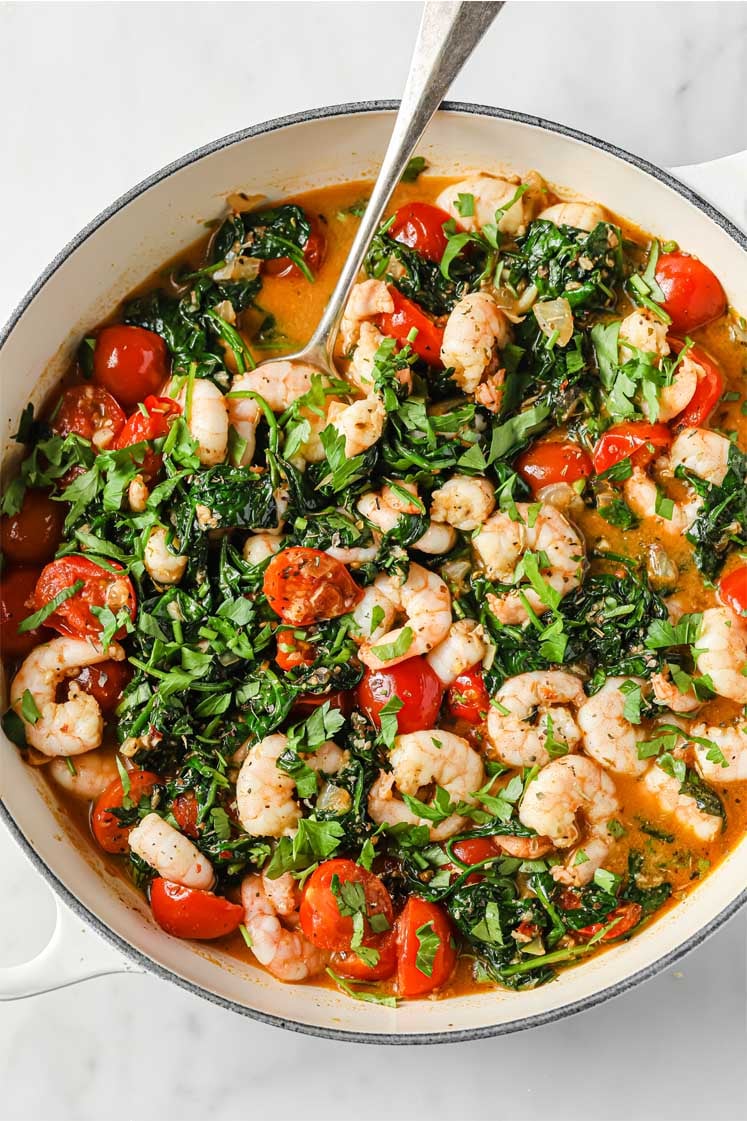
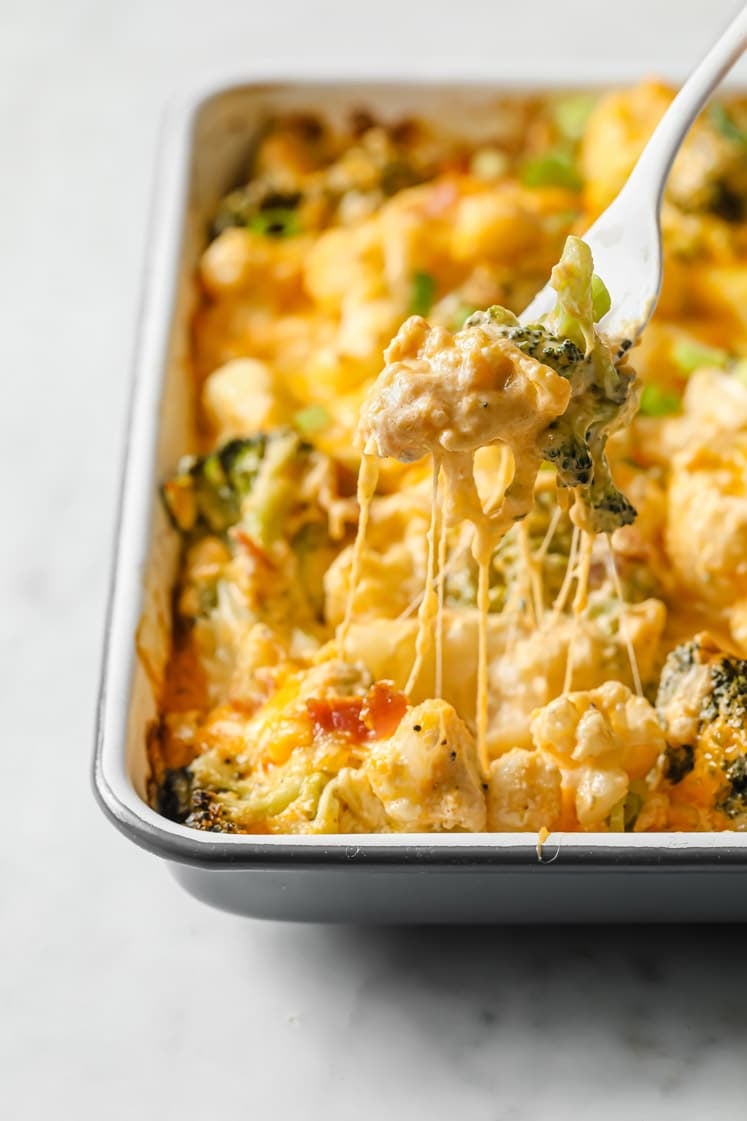
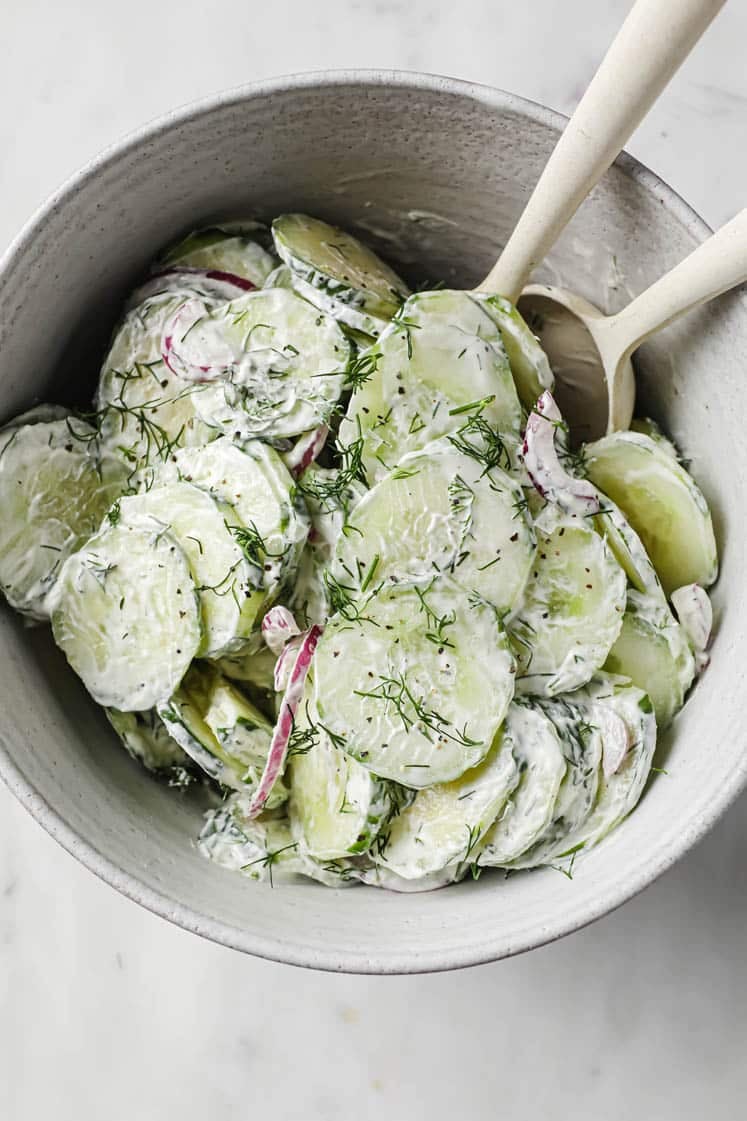









Leave a Reply